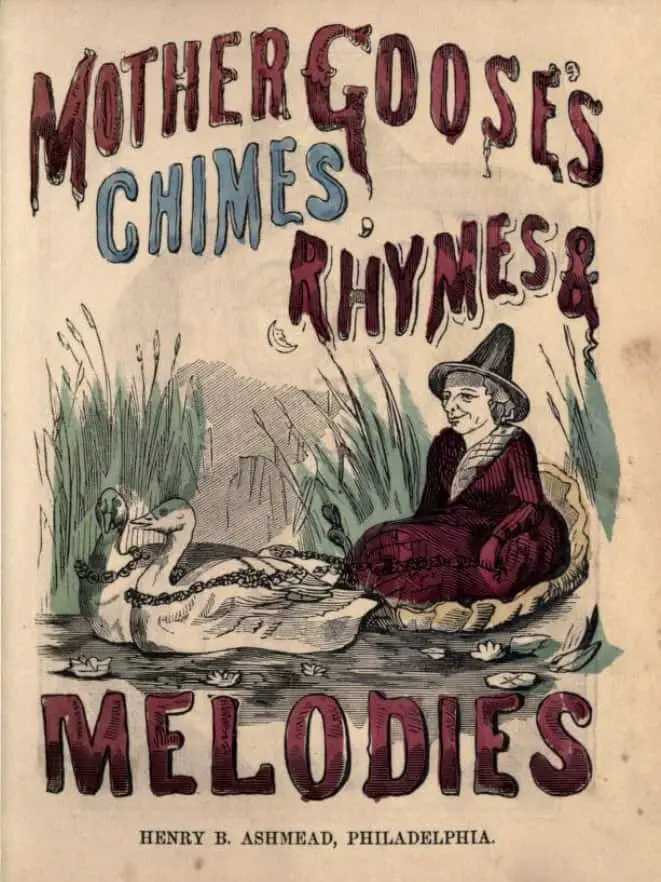Here’s the thing about horror: It can so easily turn into accidental comedy. Watch the original 1960s Twilight Zone series and what was once genuinely scary now offers a family-night laugh.
An inverse is also true: What we once considered fun, innocent, cosy and child-friendly will morph over time into something sinister.
In the second decade of the 21st century, one of the central recurring preoccuptations of the horror genre has been the supernaturally-charged empowerment of the texts and images represented of children’s culture. These films center their horrors around the (re)positioning of a child character’s seemingly imaginary bogeyman as a threat to both the adult protagonist and the assumed adult audience (these films tend to be firmly adult-oriented with ratings ranging from PG-13 to R).
Jessica Balanzategui, “The more you deny me, the stronger I get”: “Mister Babadook” and the monstrous empowerment of children’s culture
Examples:
- Don’t Be Afraid of the Dark (2010): A young girl sent to live with her father and his new girlfriend believes that she has released creatures from a sealed ash pit in the basement of her new home. “Fear is never just make-believe.”
- Intruders (2011): Two children living in different countries are visited nightly by a faceless being who wants to take possession of them. “The nightmare is real.”
- Sinister (2012): Washed-up true crime writer Ellison Oswalt finds a box of super 8 home movies in his new home that suggest the murder that he is currently researching is the work of a serial killer whose legacy dates back to the 1960s. “Once you see him, nothing can save you.”
- Mama (2013): After a young couple take in their two nieces, they suspect that a supernatural spirit named Mama has latched onto their family.
- The Babadook (2014): A single mother and her child fall into a deep well of paranoia when an eerie children’s book titled “Mister Babadook” manifests in their home. “If it’s in a word, or in a book, you can’t get rid of the Babadook.”
- The Conjuring 2 (2016): Ed and Lorraine Warren travel to North London to help a single mother raising four children alone in a house plagued by a supernatural spirit.
- Before I Wake (2016): A couple adopt an orphaned child whose dreams – and nightmares – manifest physically as he sleeps. “Fear your dreams.”
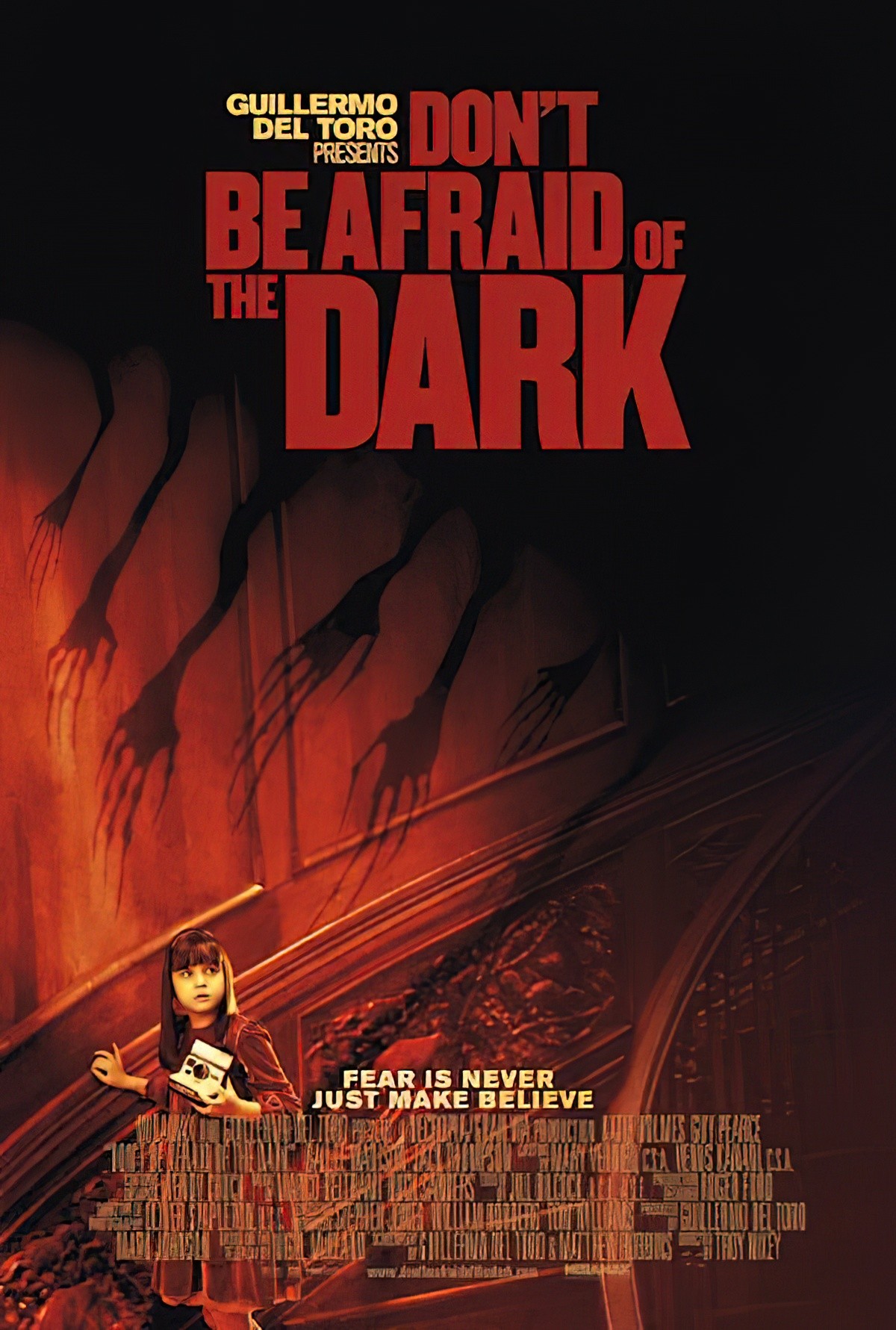
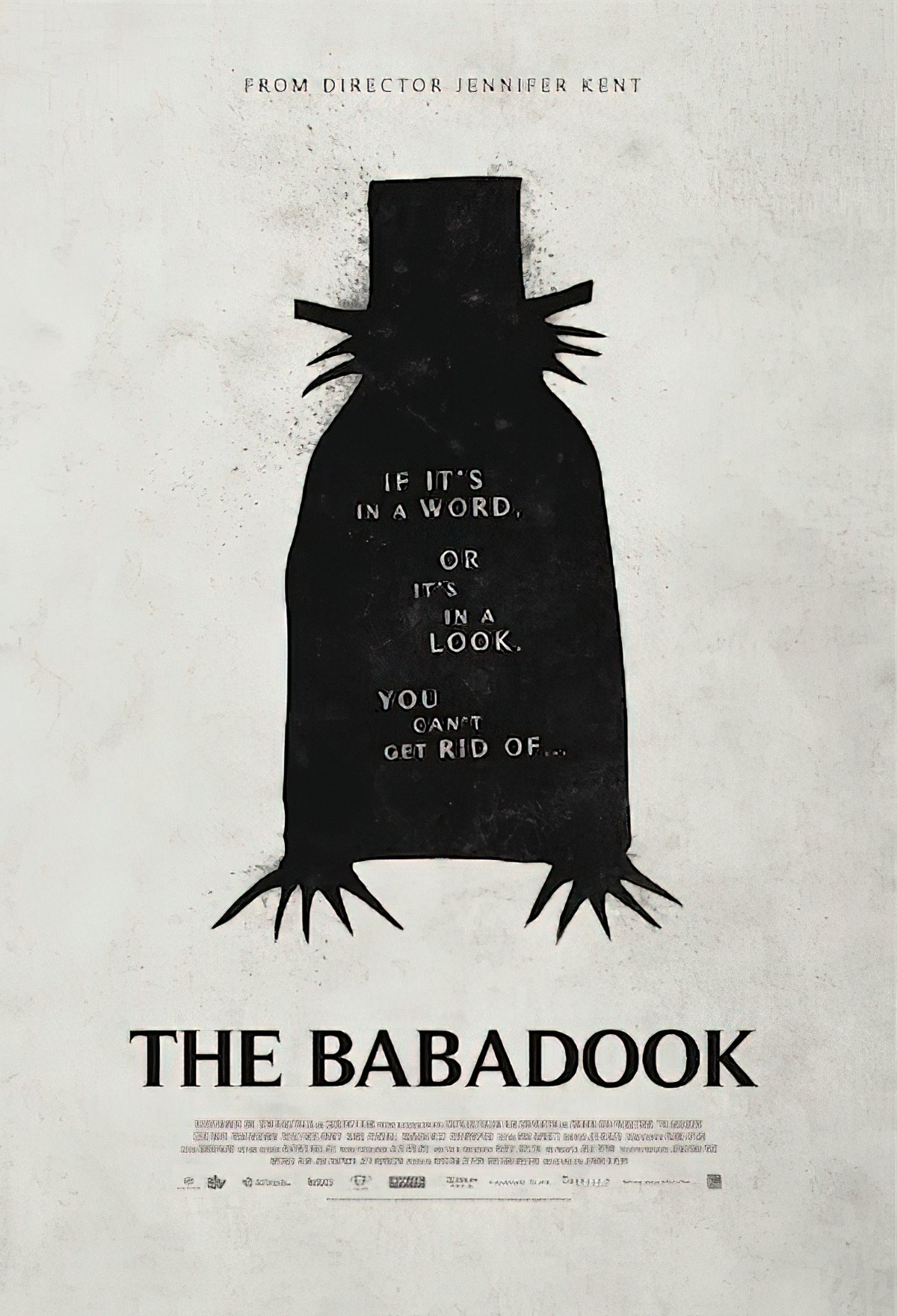
Each of these films dramatizes the violent eruption of the previously subjugated realm of children’s culture–as signified by images, stories, toys and lullaby-like nonsense expressions–into the adult’s reality. In all of these films, a childhood bogeyman, initially dismissed as a harmless and insignificant figment of the child’s imagination by the adult characters, comes to terrorize not just the children, but the adult characters and viewers as well. Thus, these films construct the adult’s disregard for the power of the child’s imagination and culture as their undoing.
Jessica Balanzategui
This isn’t a deep dive speculation into the psychology behind this law of narrative evolution, though it feels logical to me: Childhood offers many horrors, mostly because of the unknown, and our complete dependence on adults.
Below I offer cosy-stuff-turned-horrific, with examples. Children’s literature doesn’t get rid of things that Stephen King ruins for everyone; children’s literature instead embraces any newfound ambivalent emotionality, which in all cases, was there right from the beginning. Stephen King didn’t ruin these things; they ruined themselves.
ICE CREAM VANS
TV Tropes has already described the trope of the ice cream van. See Bad Humor Truck. Ice cream trucks had their heyday in the era before households commonly had their own freezers, and before supermarkets sold ice cream at a price which made the ice-cream truck ice cream seem exhorbitantly high. Today we pay for the experience of the ice-cream van as much as for the ice-cream itself.
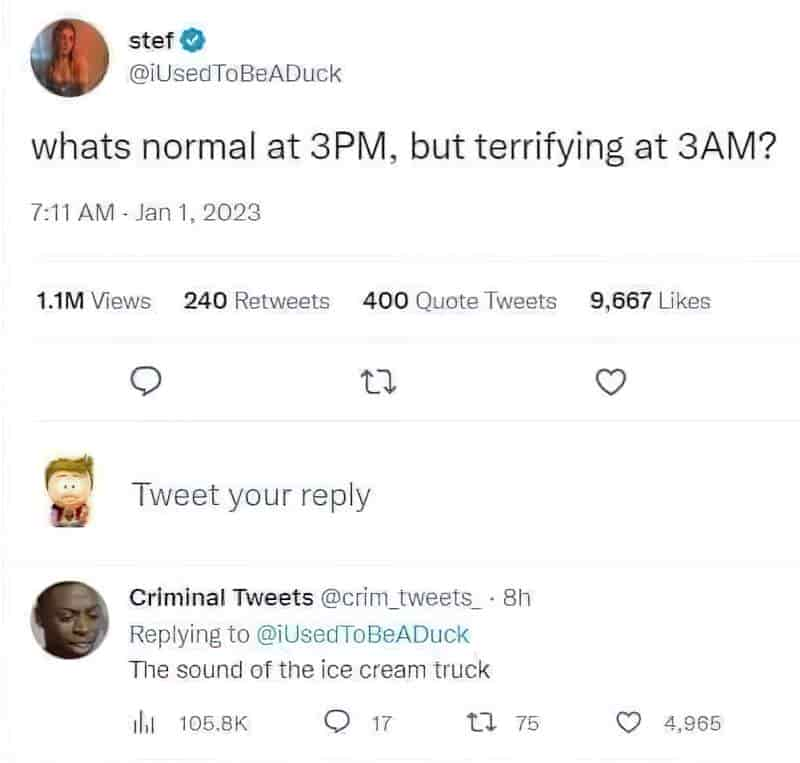
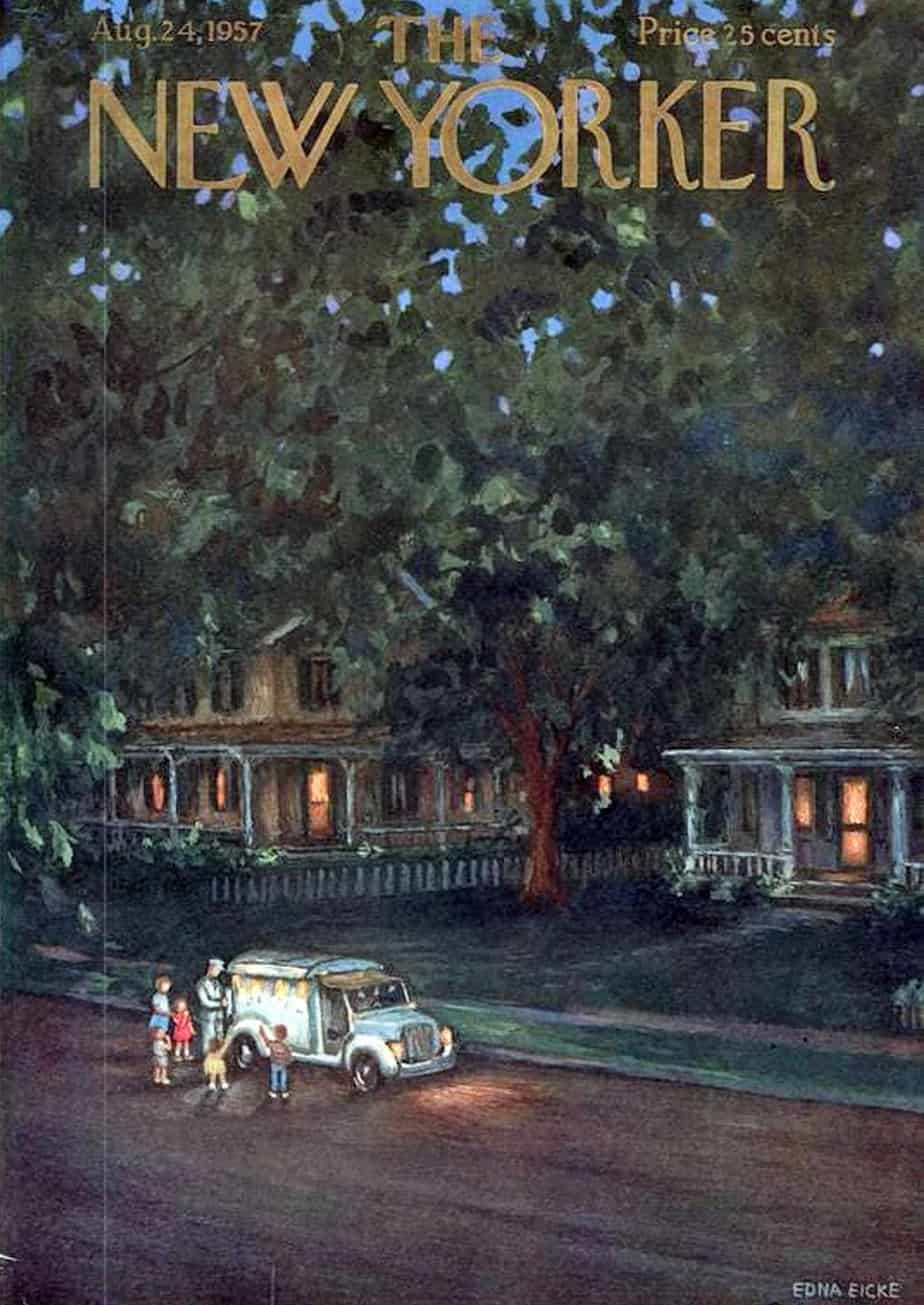
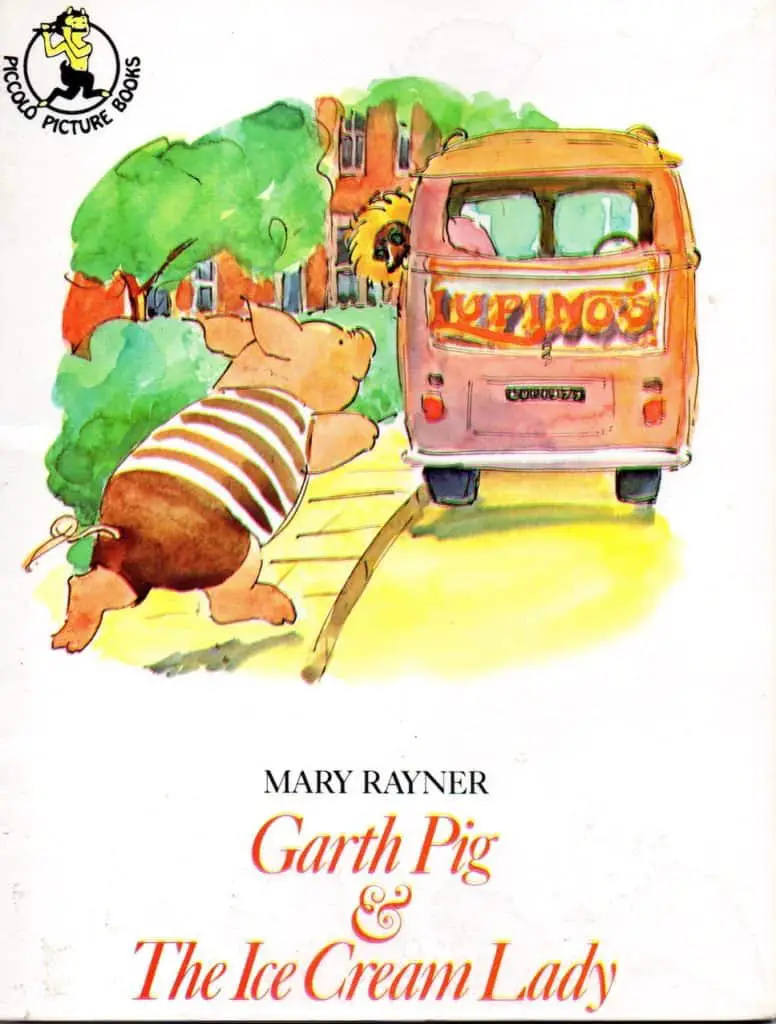
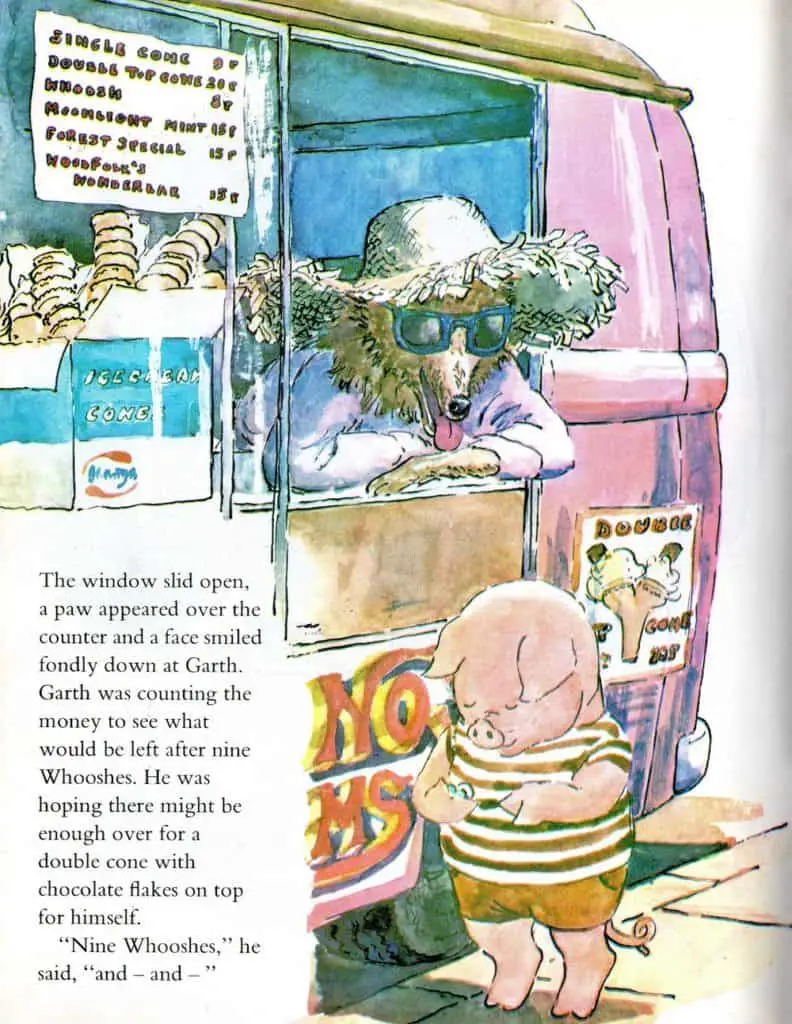
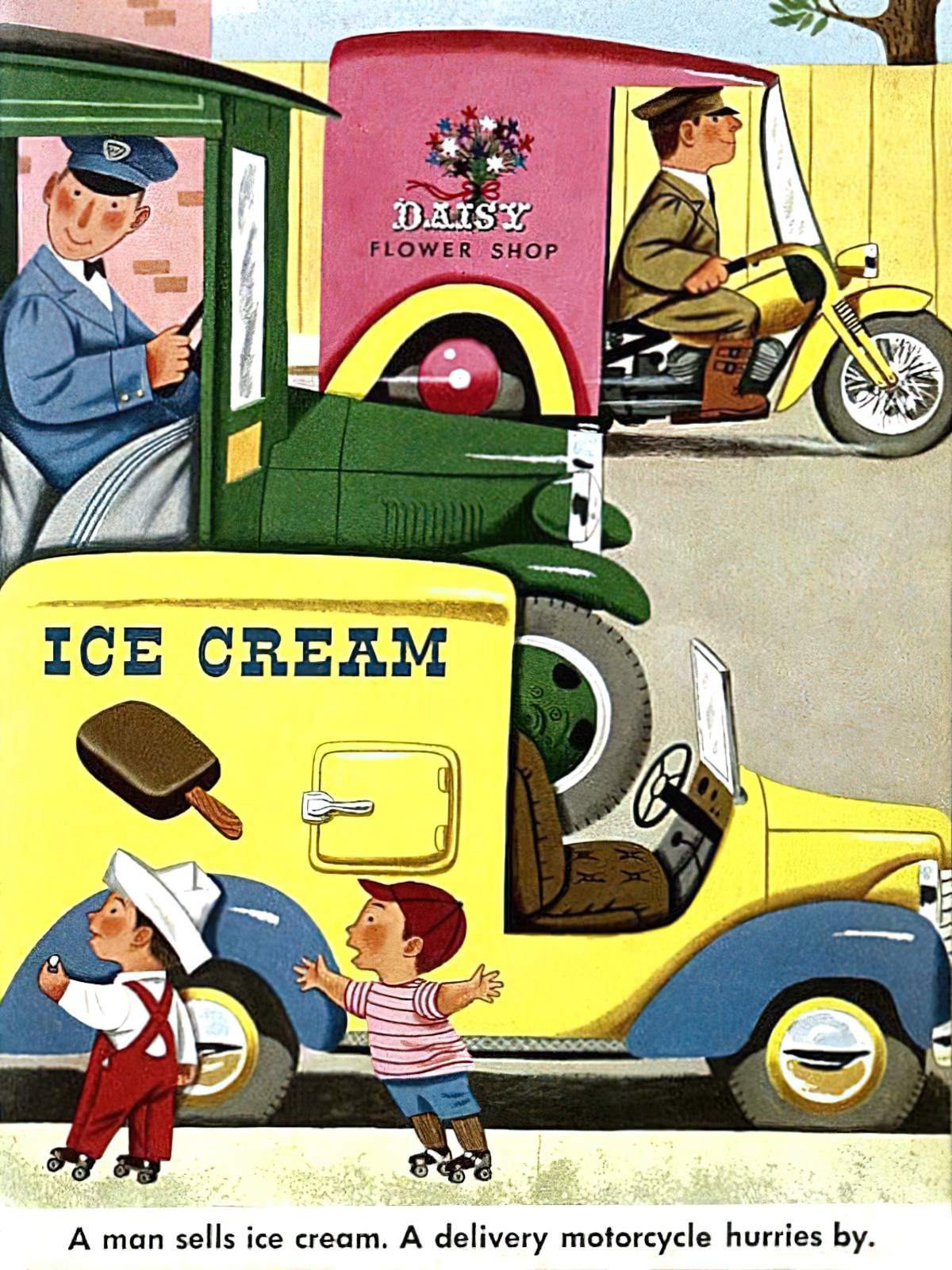
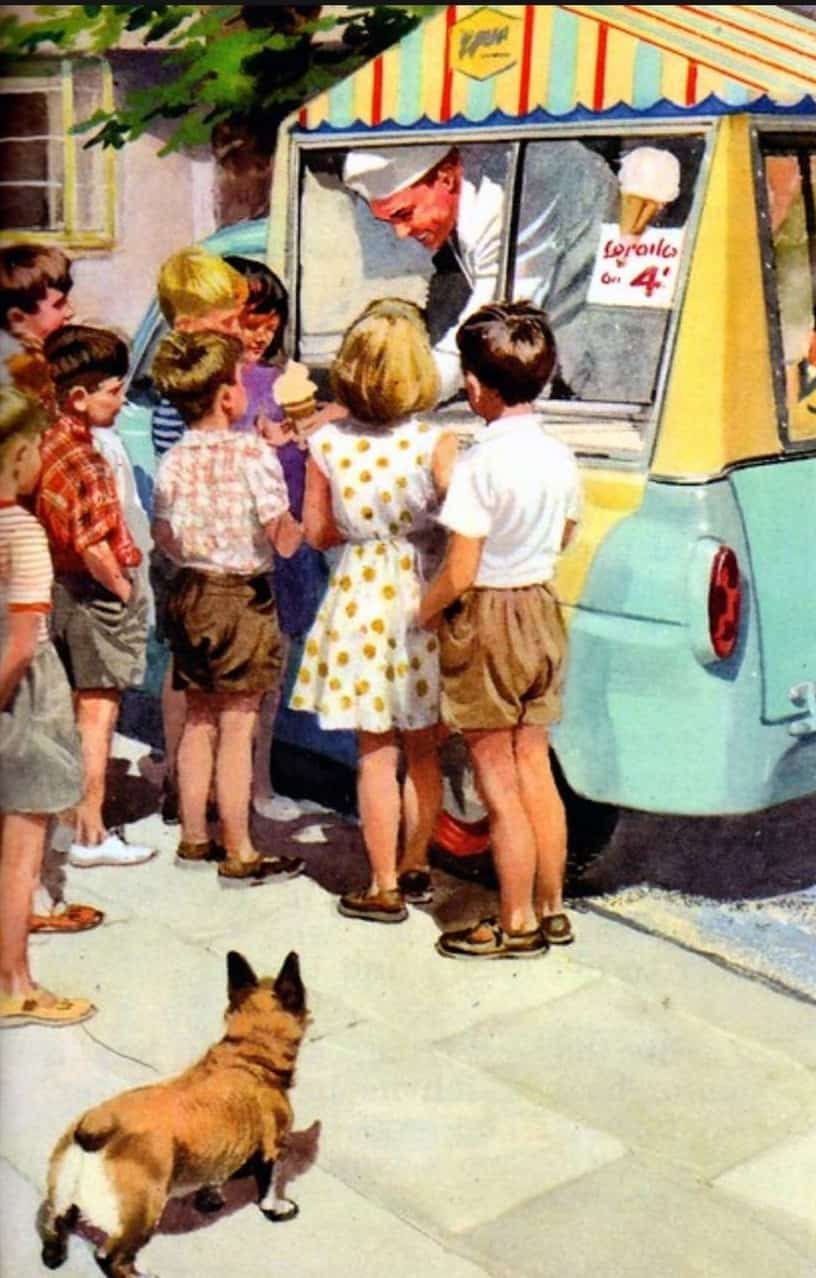
I have previously taken a deep dive into Happy Valley, whose horror/happiness irony is evident from the title. In that crime series, drug pushers make use of an ice cream van to sell their goods.
Fear of the stranger who comes into the cosy village is an old fear indeed, and has historically had a real world effect on Travellers (incorrectly, gypsies), and other Wanderers such as jongleurs. A picture book story about a man who comes to town (who may or may not exist outside a boy’s imagination) was featured in Season One of Reading Rainbow — Ty’s One Man Band.
See the sinister jongleur up close in a story/legend such as The Pied Piper of Hamelin. Some stories feature characters who come to town to fix all our problems then move on to another town with problems. We might call them the Blow-in Saviour. The evil jongleur is the Blow-in Saviour’s evil twin.
In the end, it’s much simpler than that, though. We evolved in very small groups and we are naturally suspicious of newcomers. The ice-cream van is your ultimate newcomer, and what is he peddling? He can commit the greatest evil and has the means to move on, consequence free.

ZOOS
The zoo is an inherently evil place which keeps some creatures in captivity while encouraging the gleeful and unempathetic gaze of the zoo-goer. Zoos do not have a great history, and many remain problematic today.
Anthony Browne was one of the first picture book creators to hammer home the icky experience of visiting an urban zoo in his postmodern book called, wait for it, Zoo. Before that, and occasionally even now, the zoo gets the carnivalesque treatment in children’s literature.
FAIRGROUNDS AND CIRCUSES
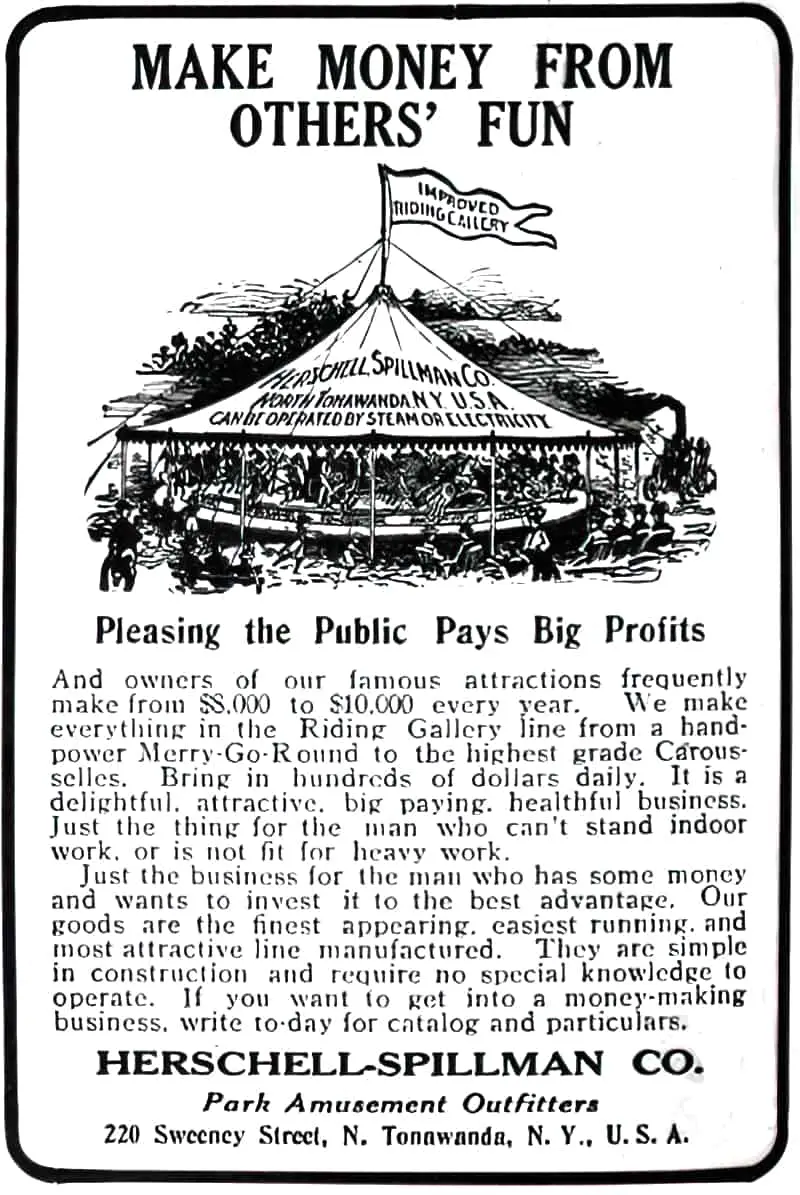
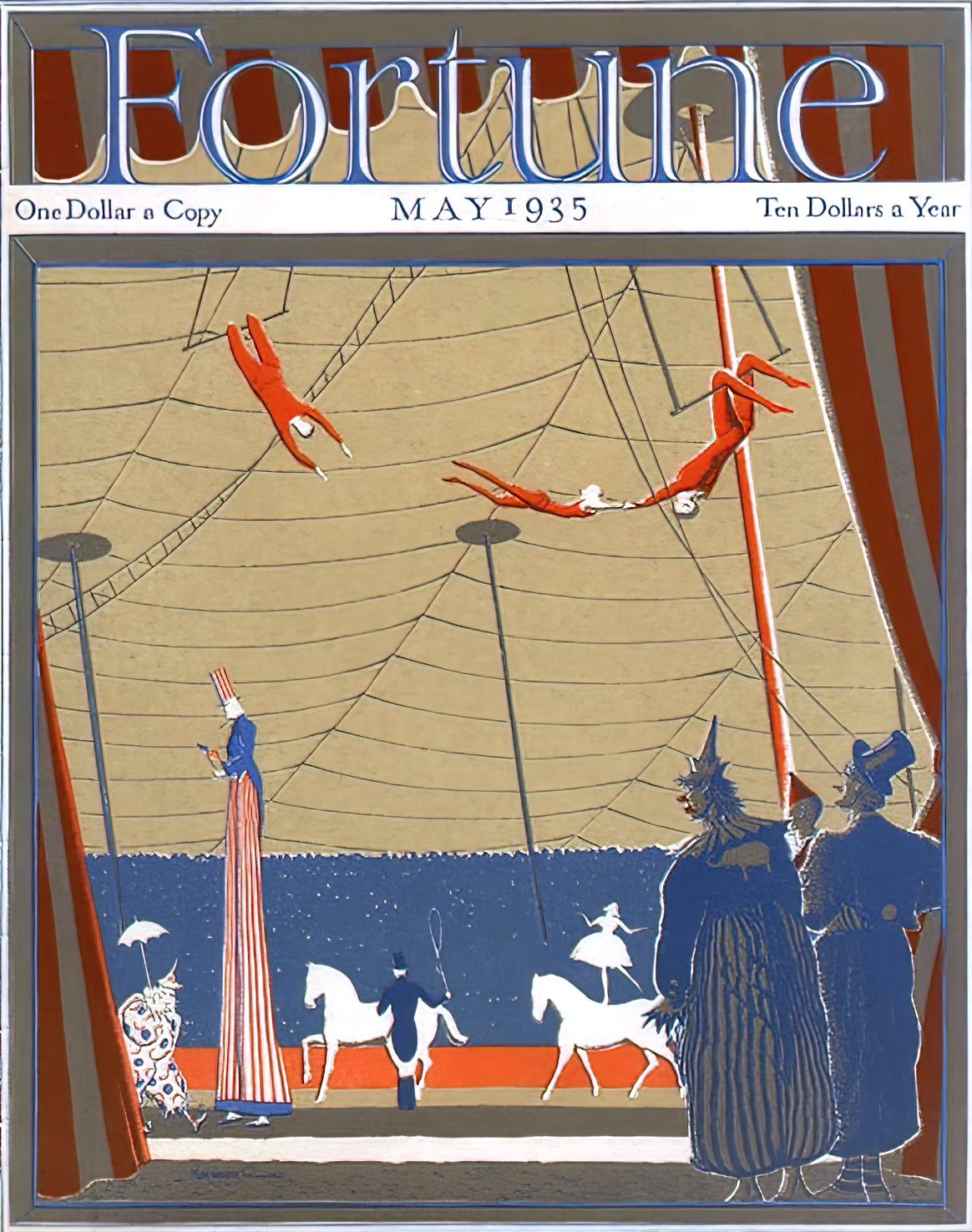
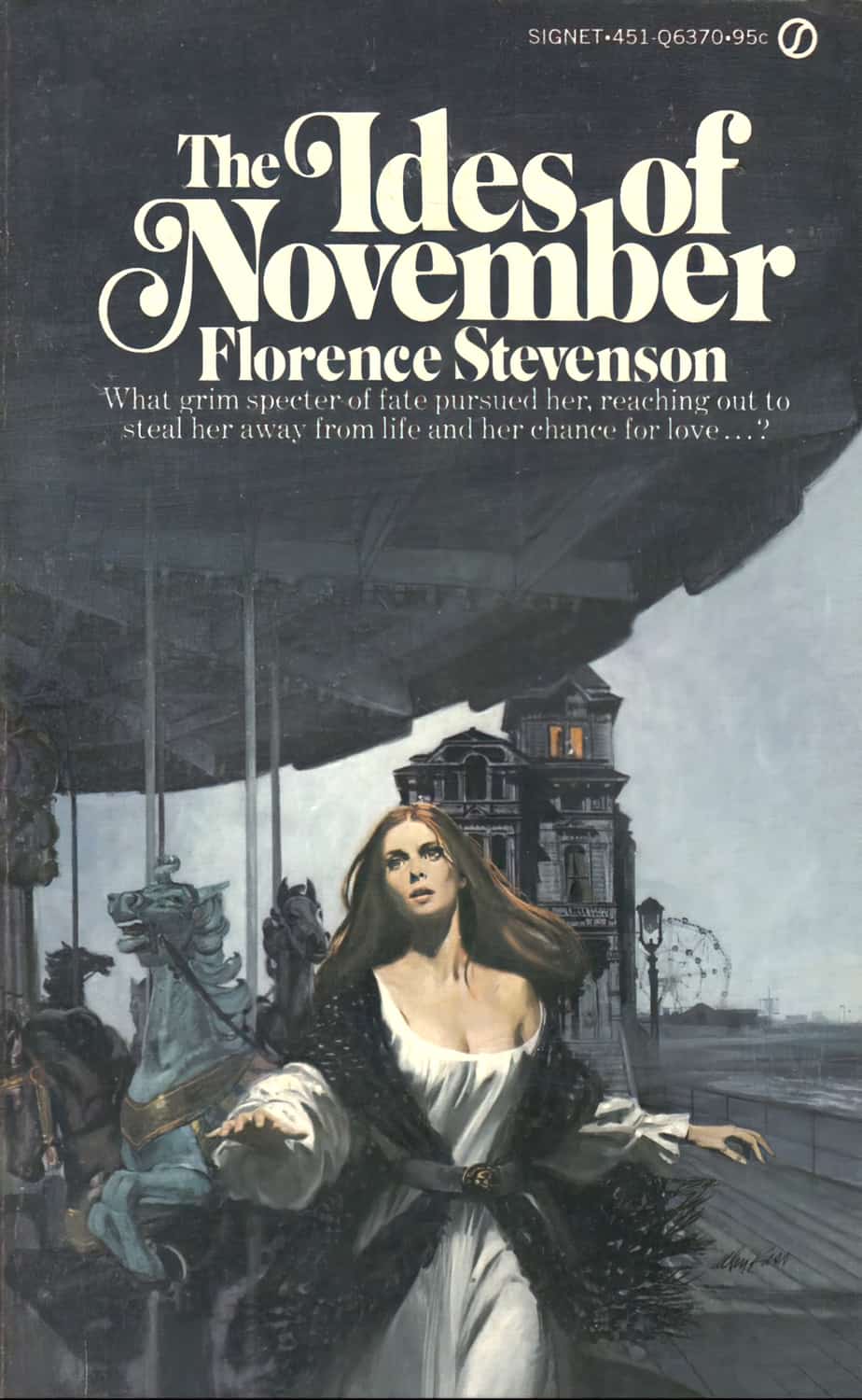
Speaking of carnivals, the circus experience is equally ambivalent, and can spark fear as much as it sparks happiness. I believe the success of the circus has always relied upon fear: The lion tamers, the tight-rope walkers… Without the fear of death the circus is nowhere near as exciting.
Fairgrounds offer rides which are basically a realworld simulation of spatial horror: the distortion mirror, the gravitron, the roller coaster. They all offer us a new and disturbing take on the familiar world.
The fairground is therefore an example of what Michel Foucault called a heterotopia — A utopia is a ‘perfect version’ of a real place — a society turned upside down. But heterotopias are fundamentally unreal. The fairground contains a mise en abyme of heterotopias — the fairground itself is a heterotopia owing to its being separate from the day-to-day world; inside that you’ll find a distortion mirror, and the mirror itself is a heterotopia: The mirror does exist in reality. But while the person you see in the mirror is real, but the distorted image in the fairground mirror is unreal. The mirror is the ultimate link between the real and the unreal.
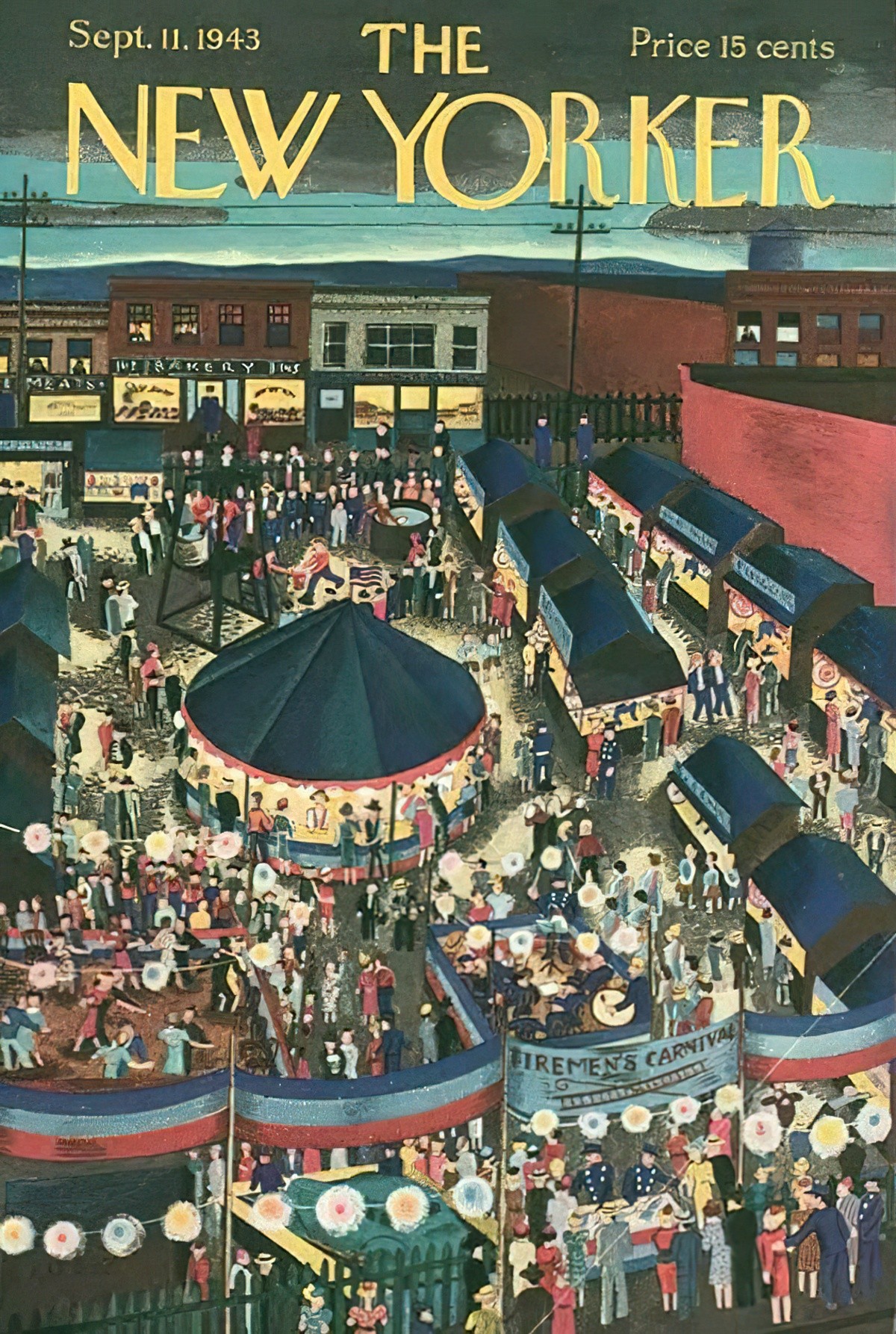
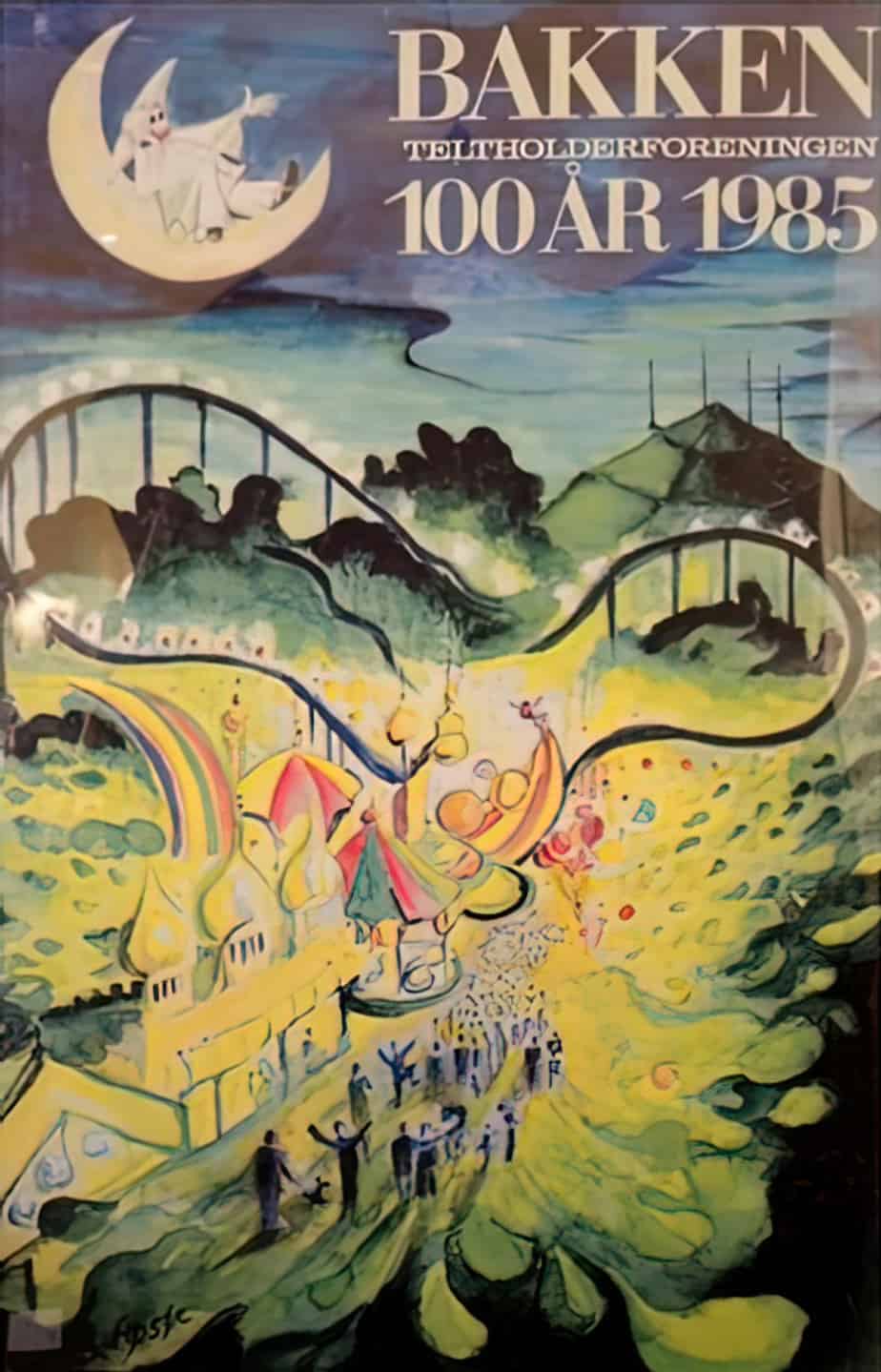
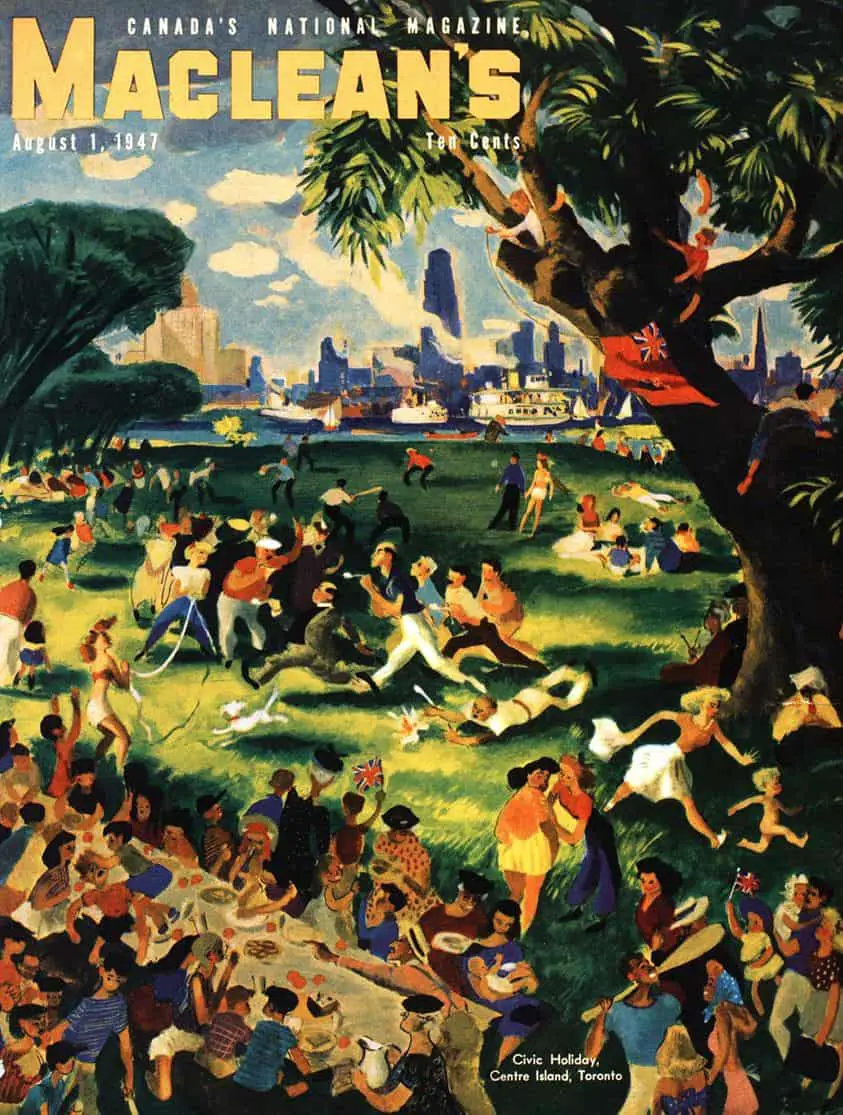
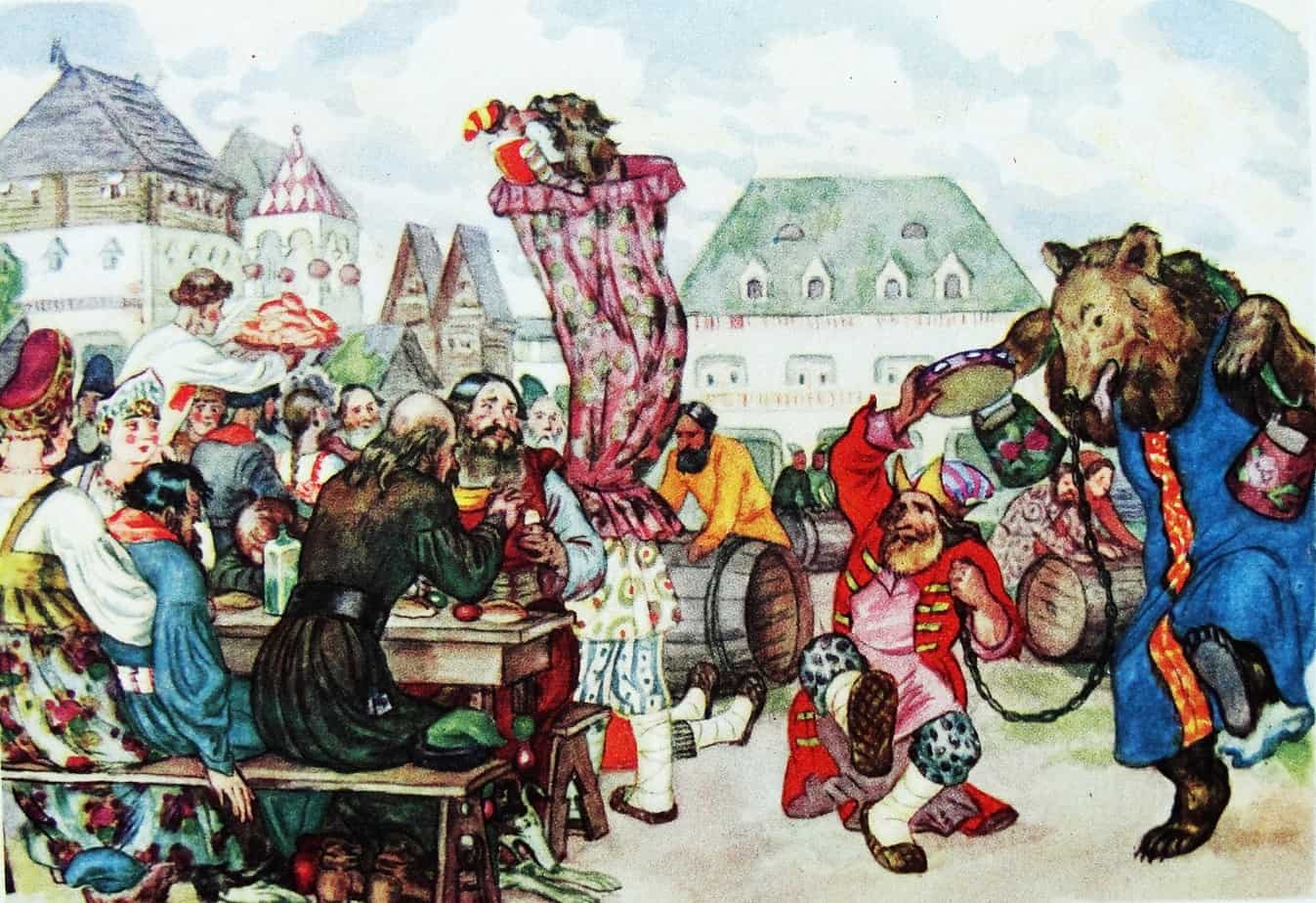
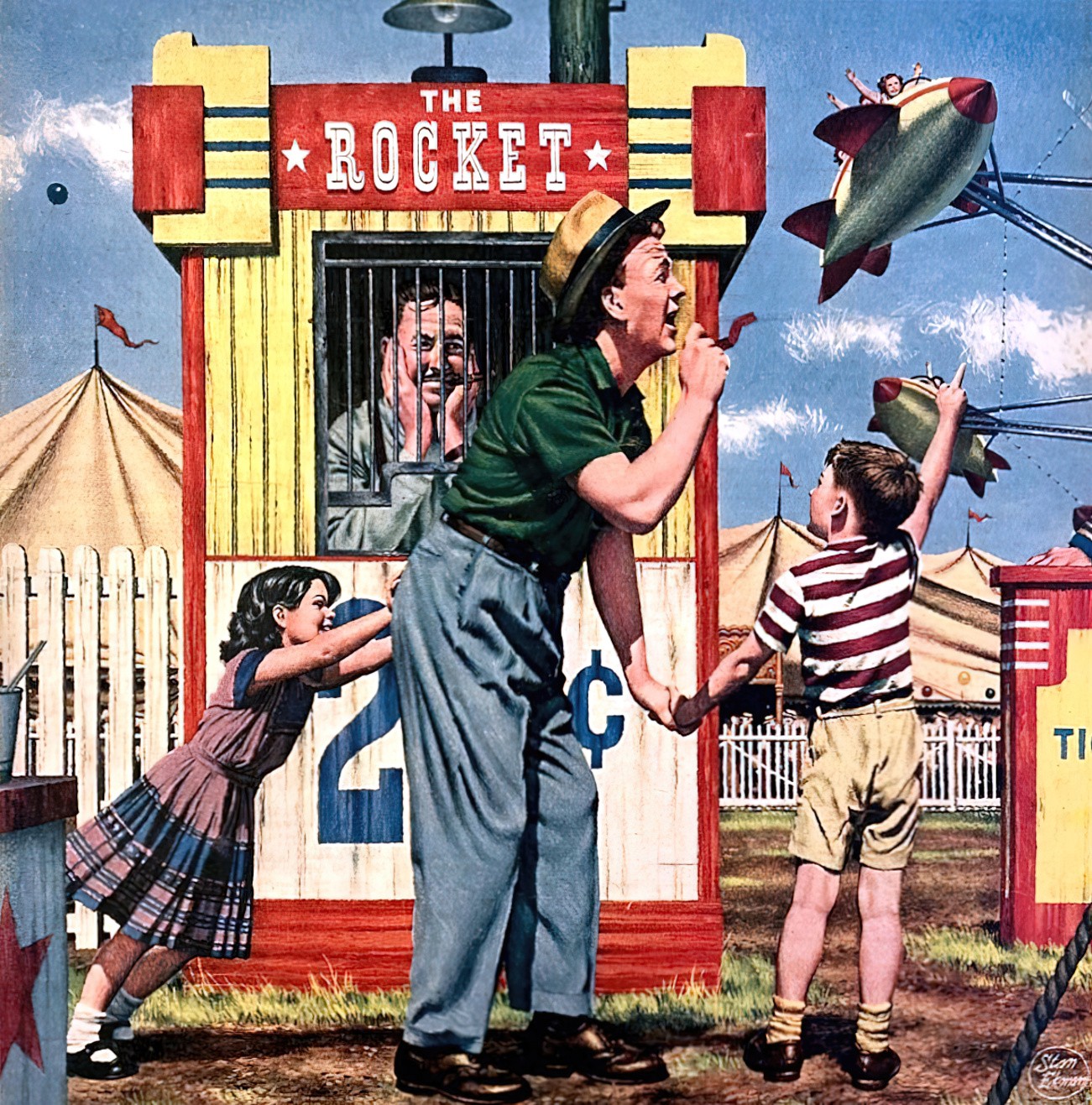
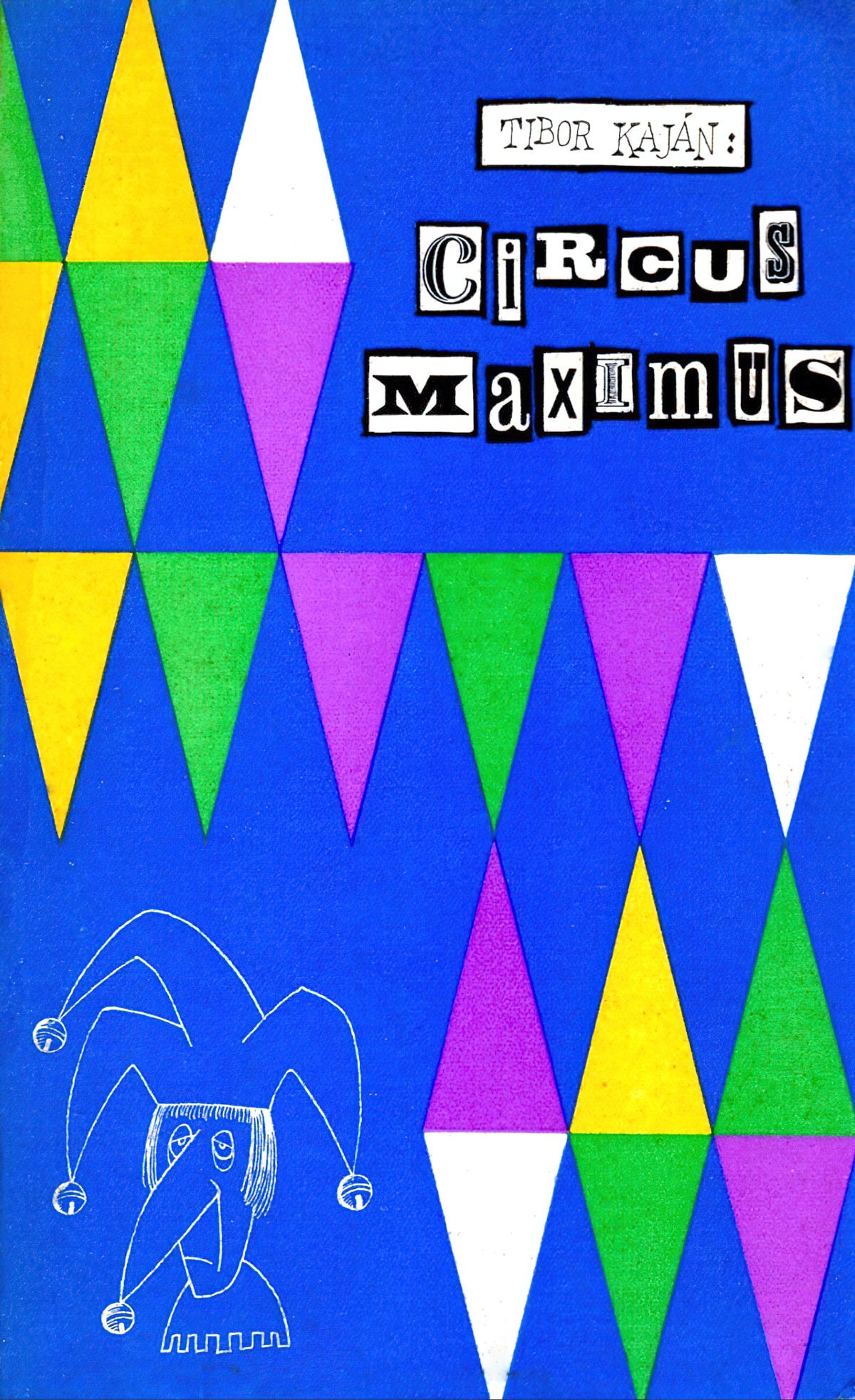
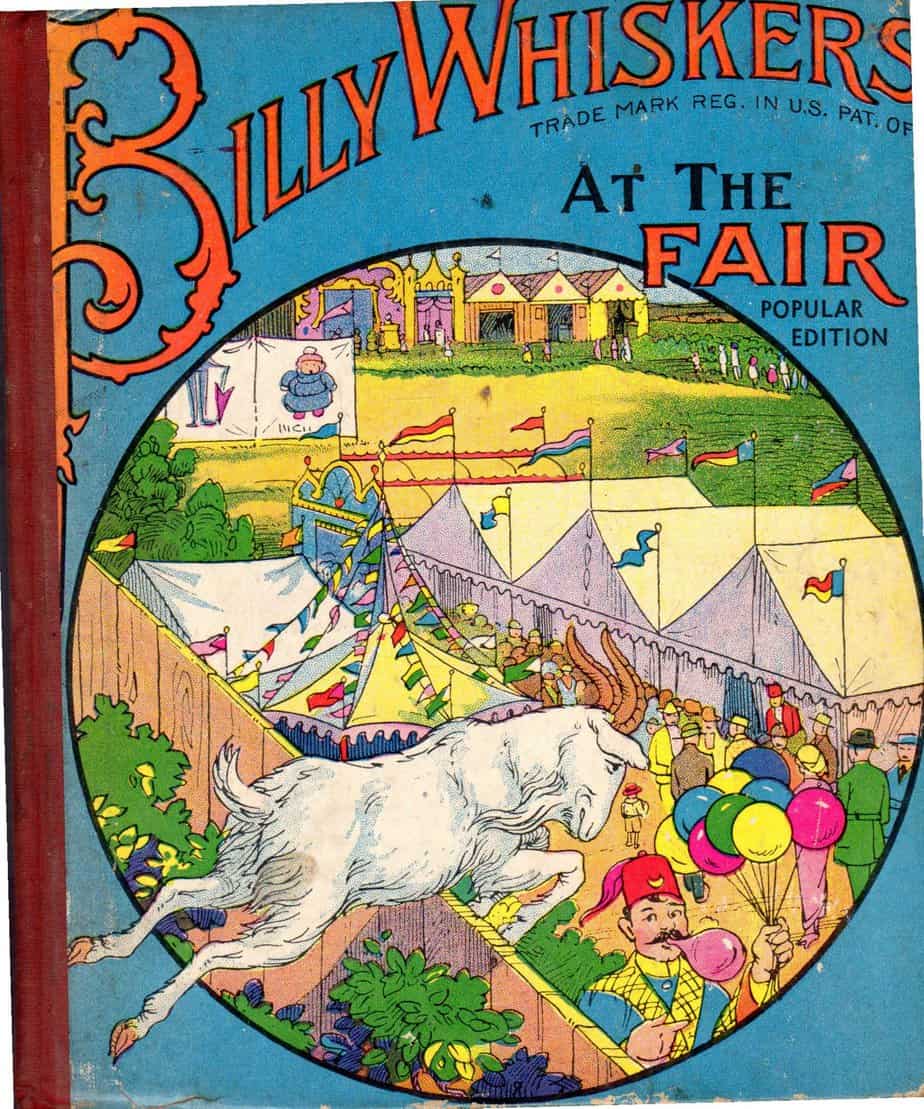
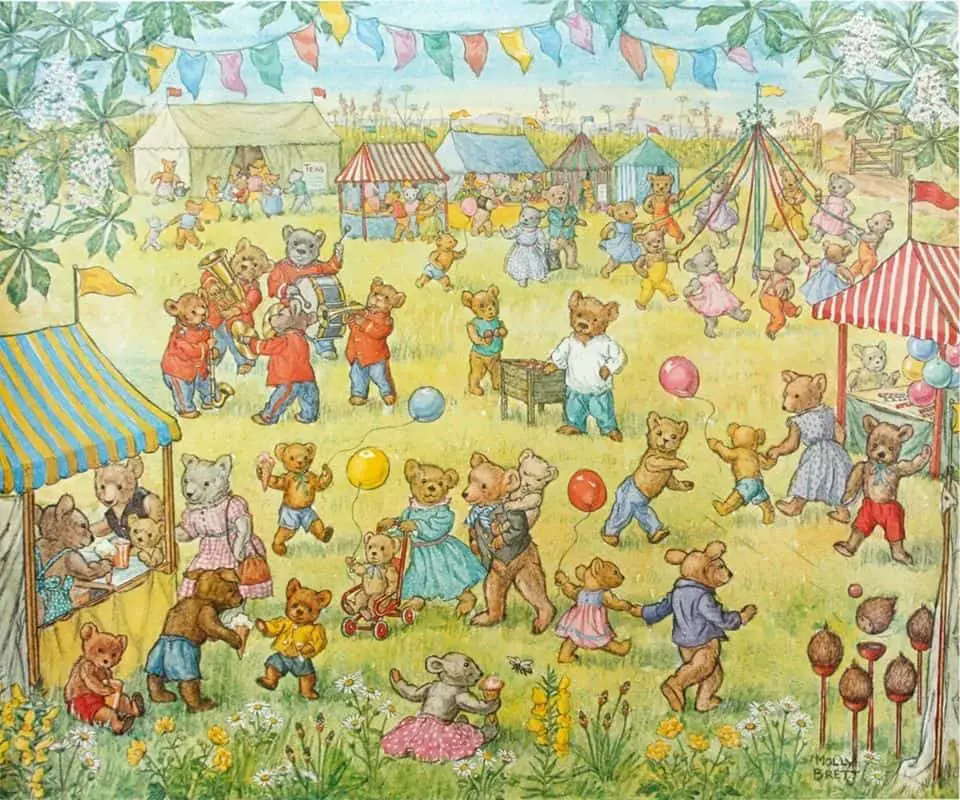
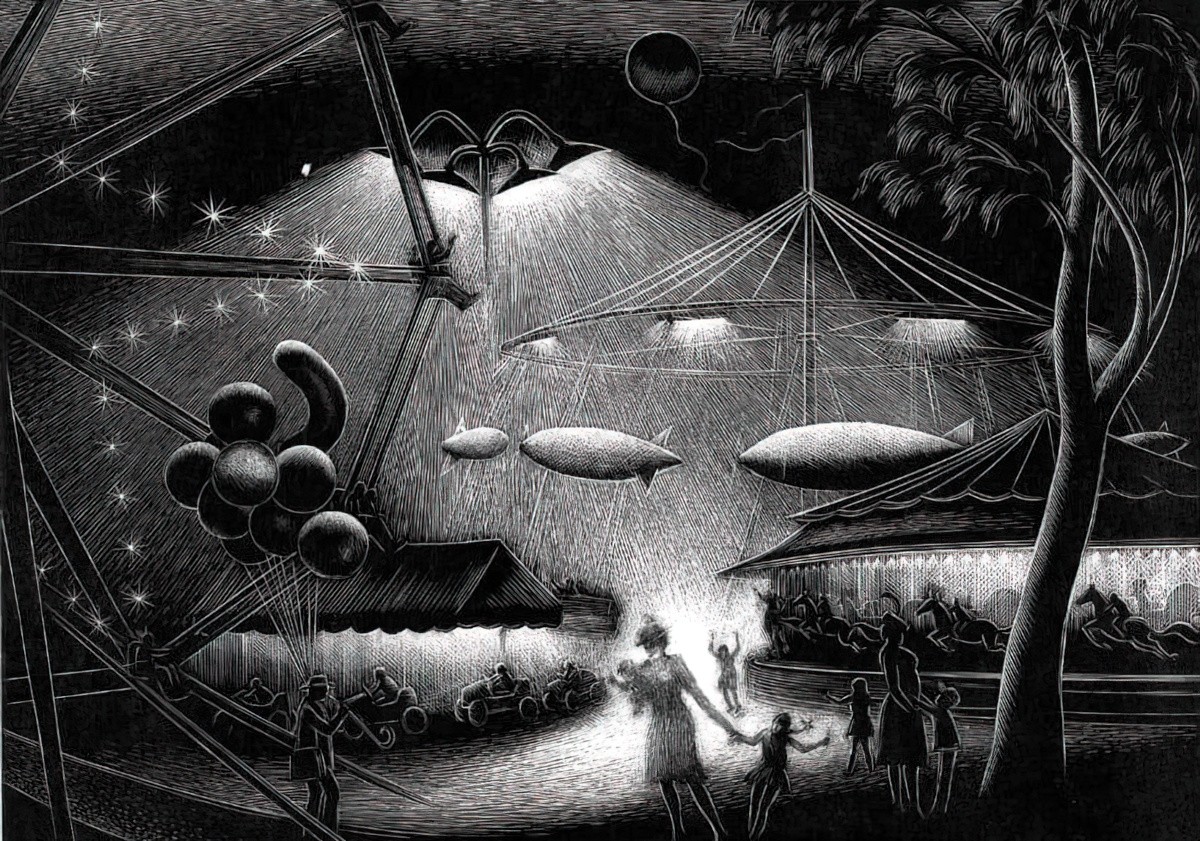
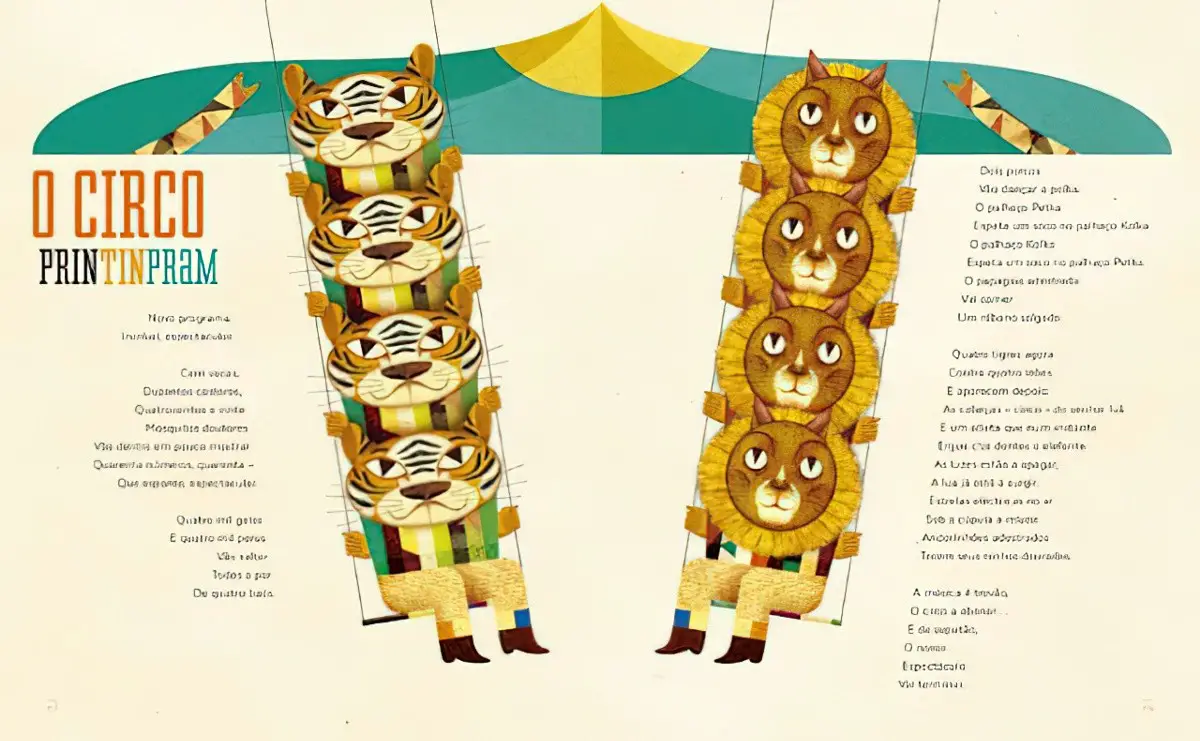
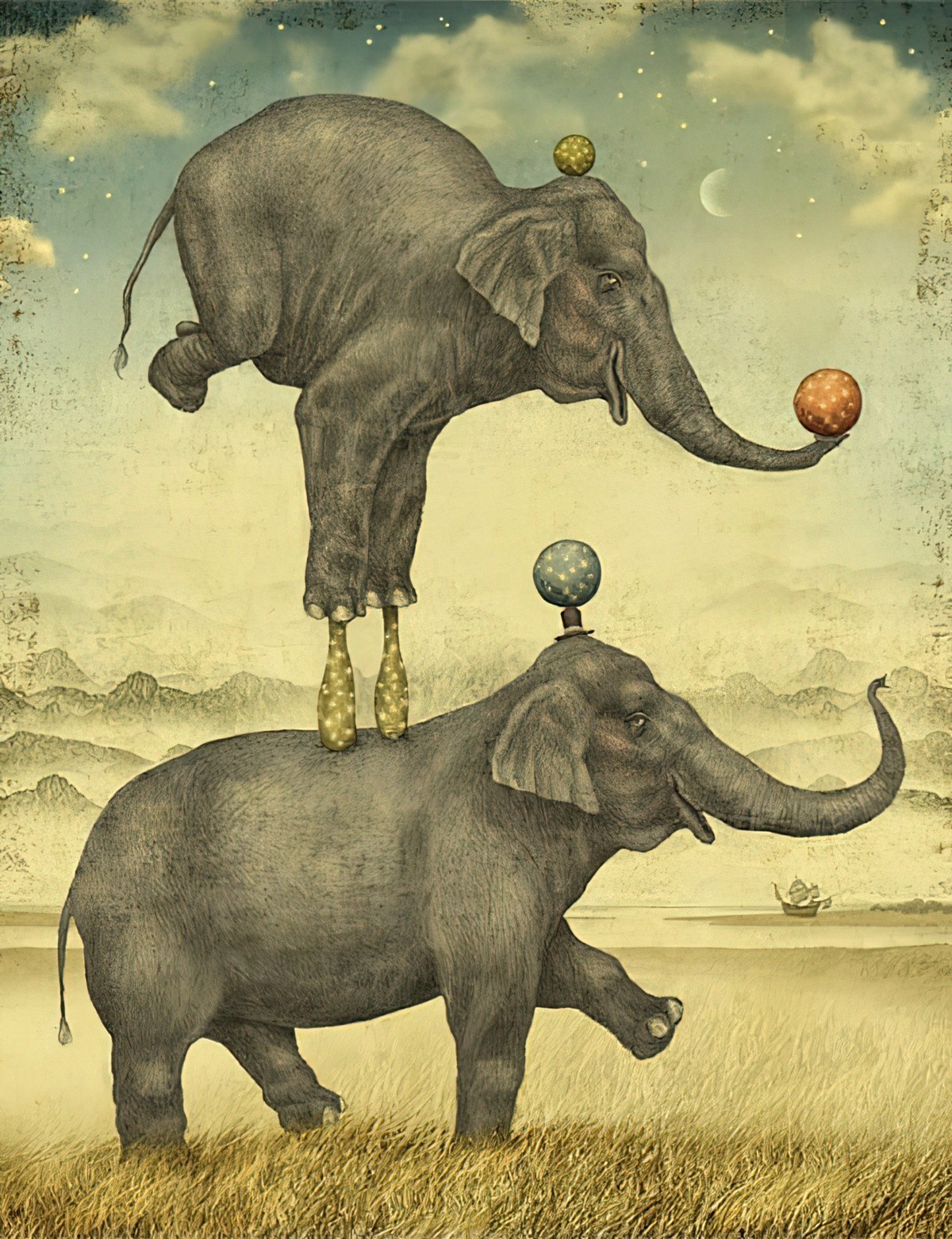
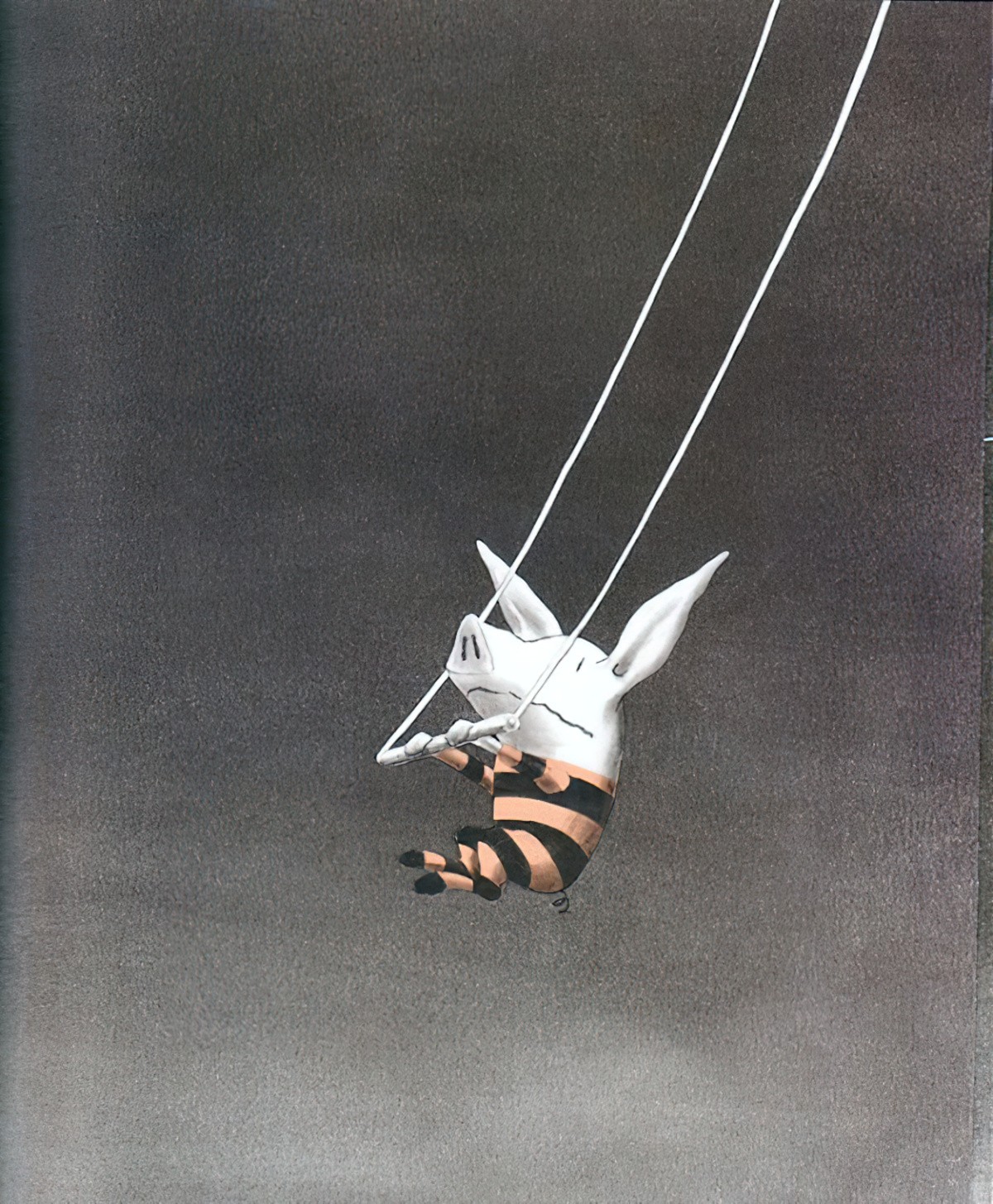
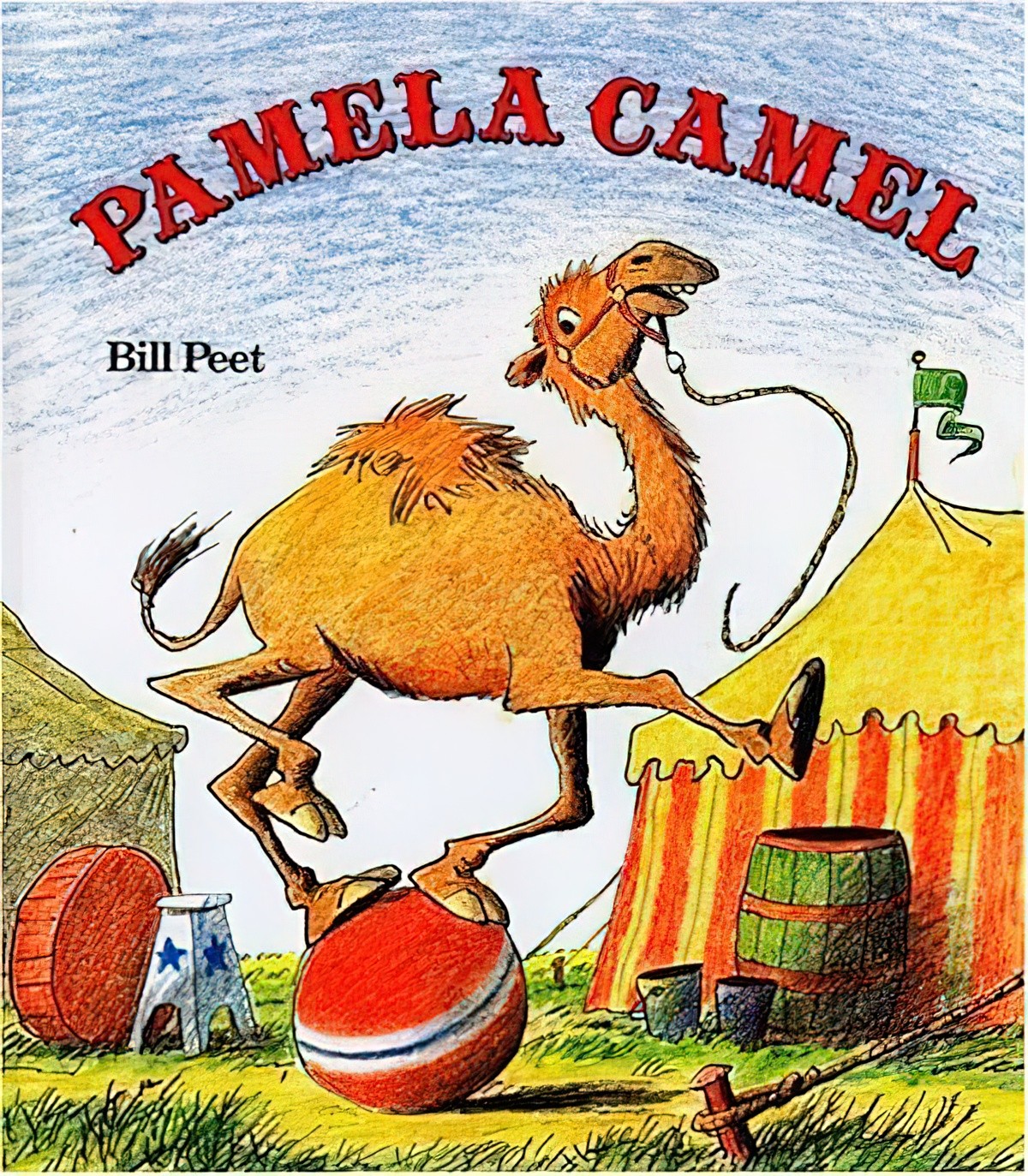
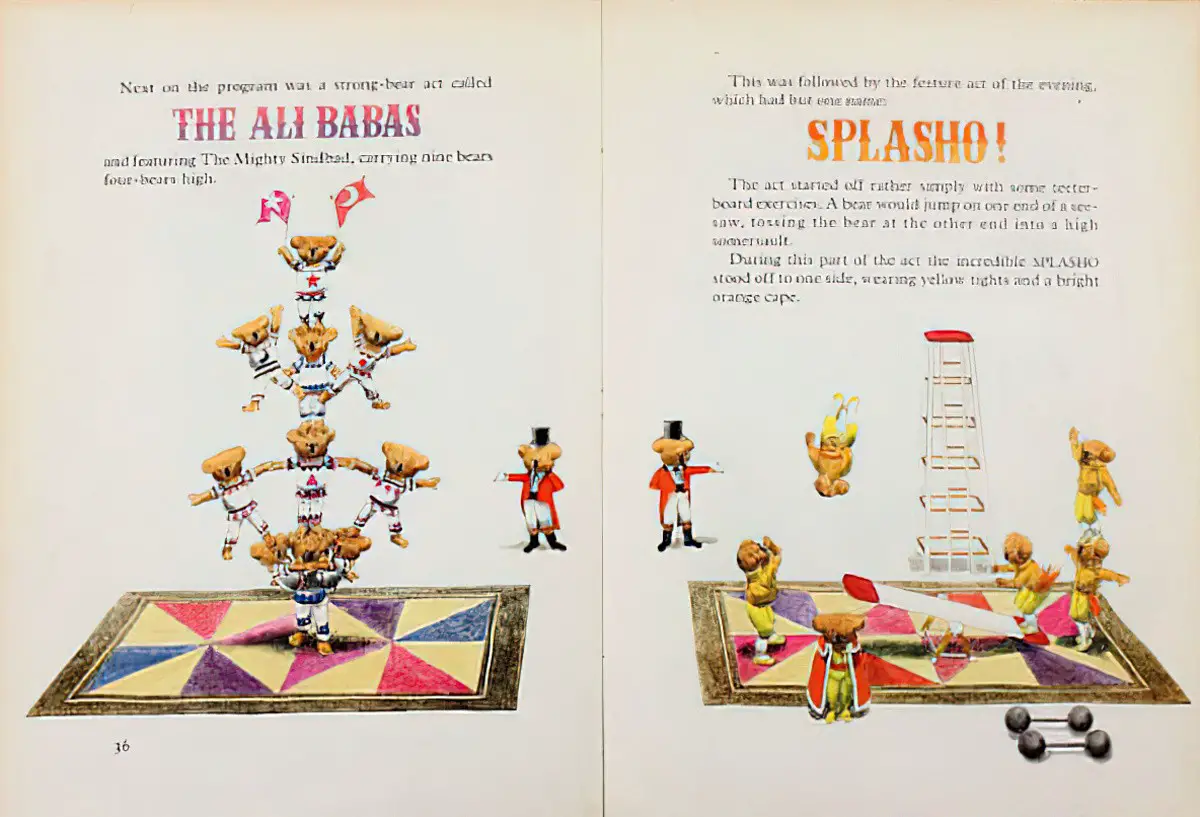
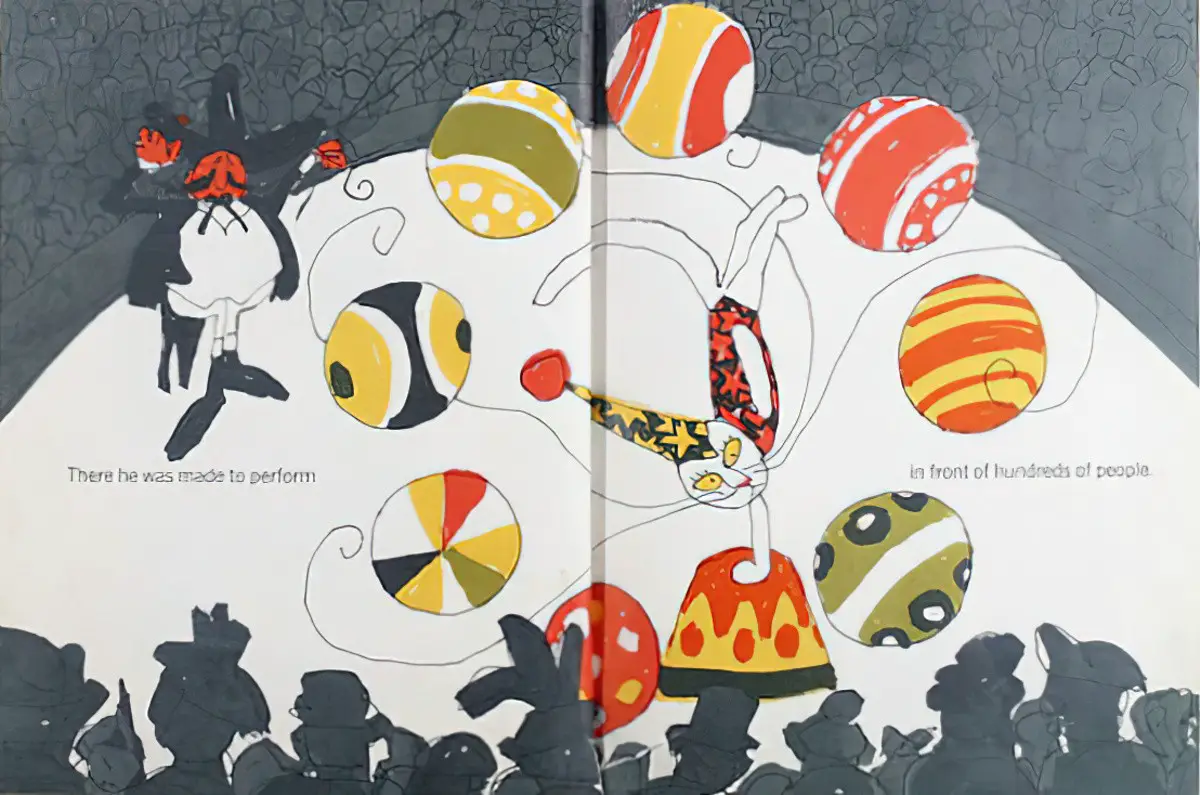
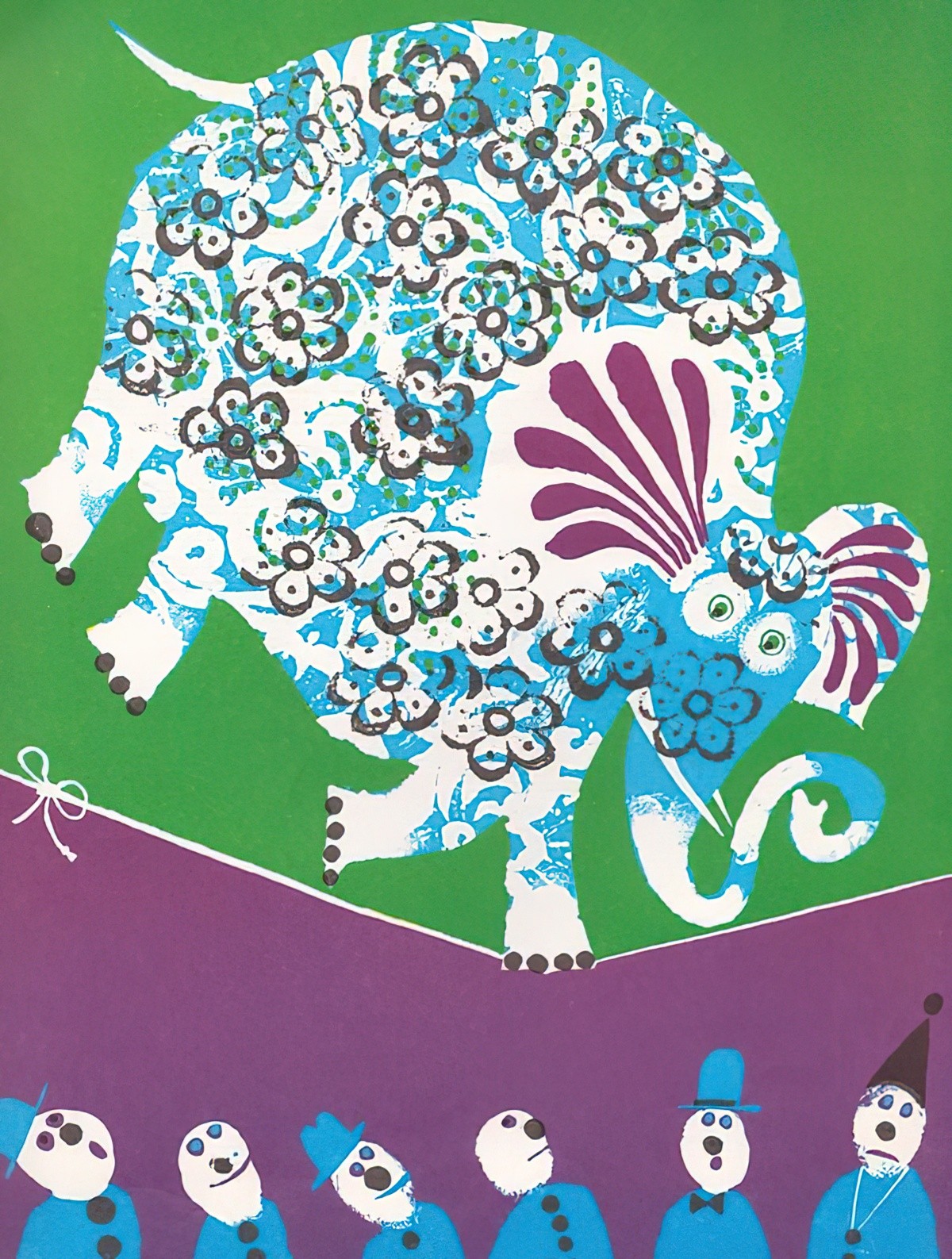
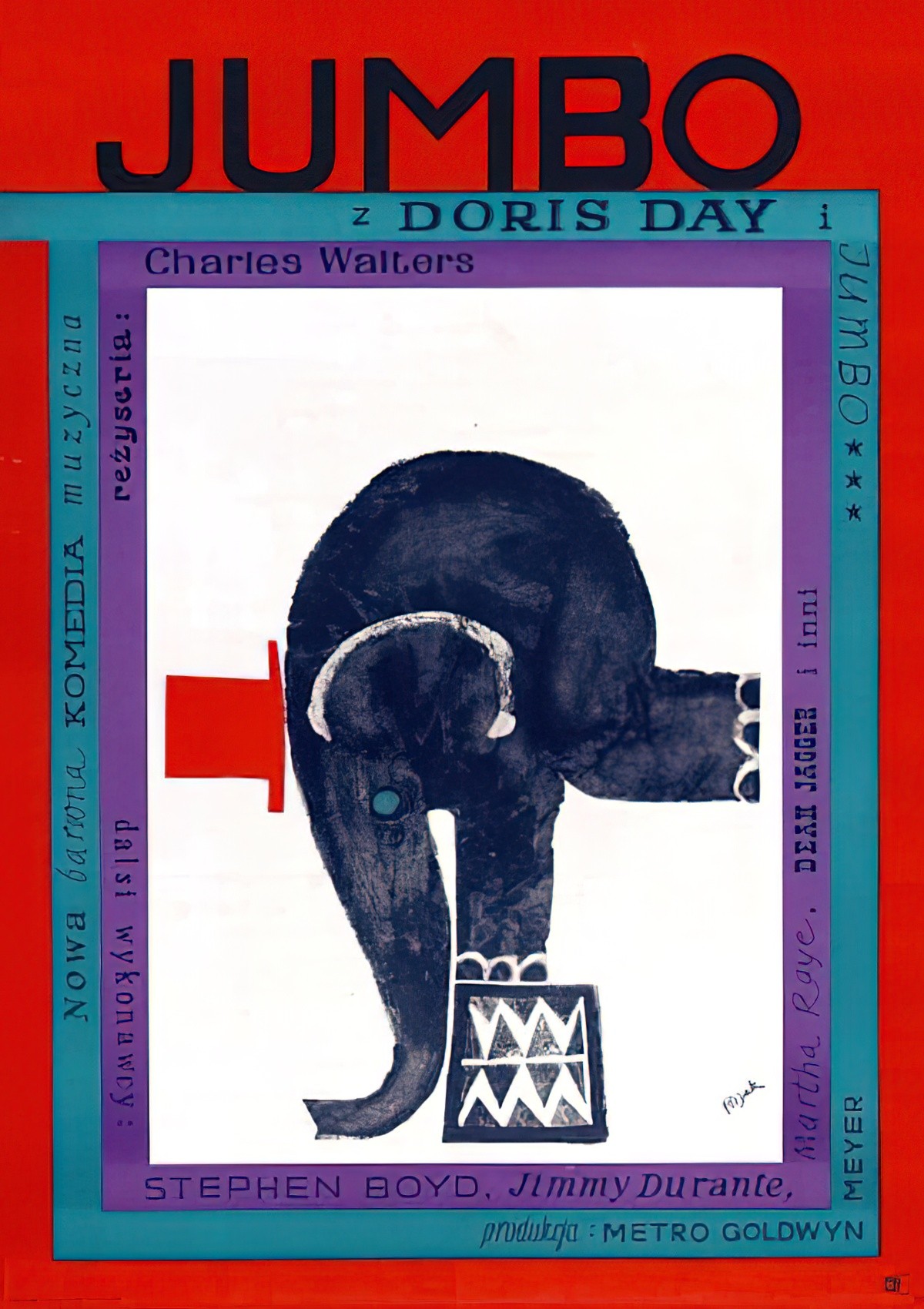
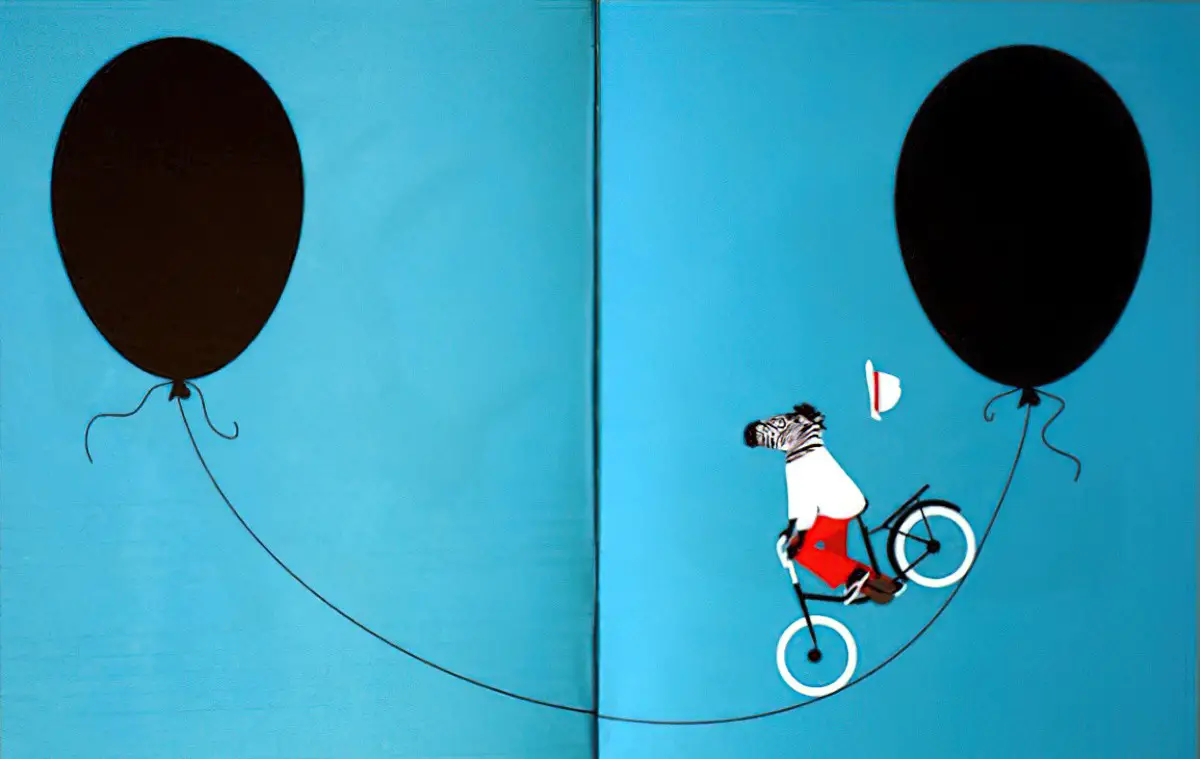
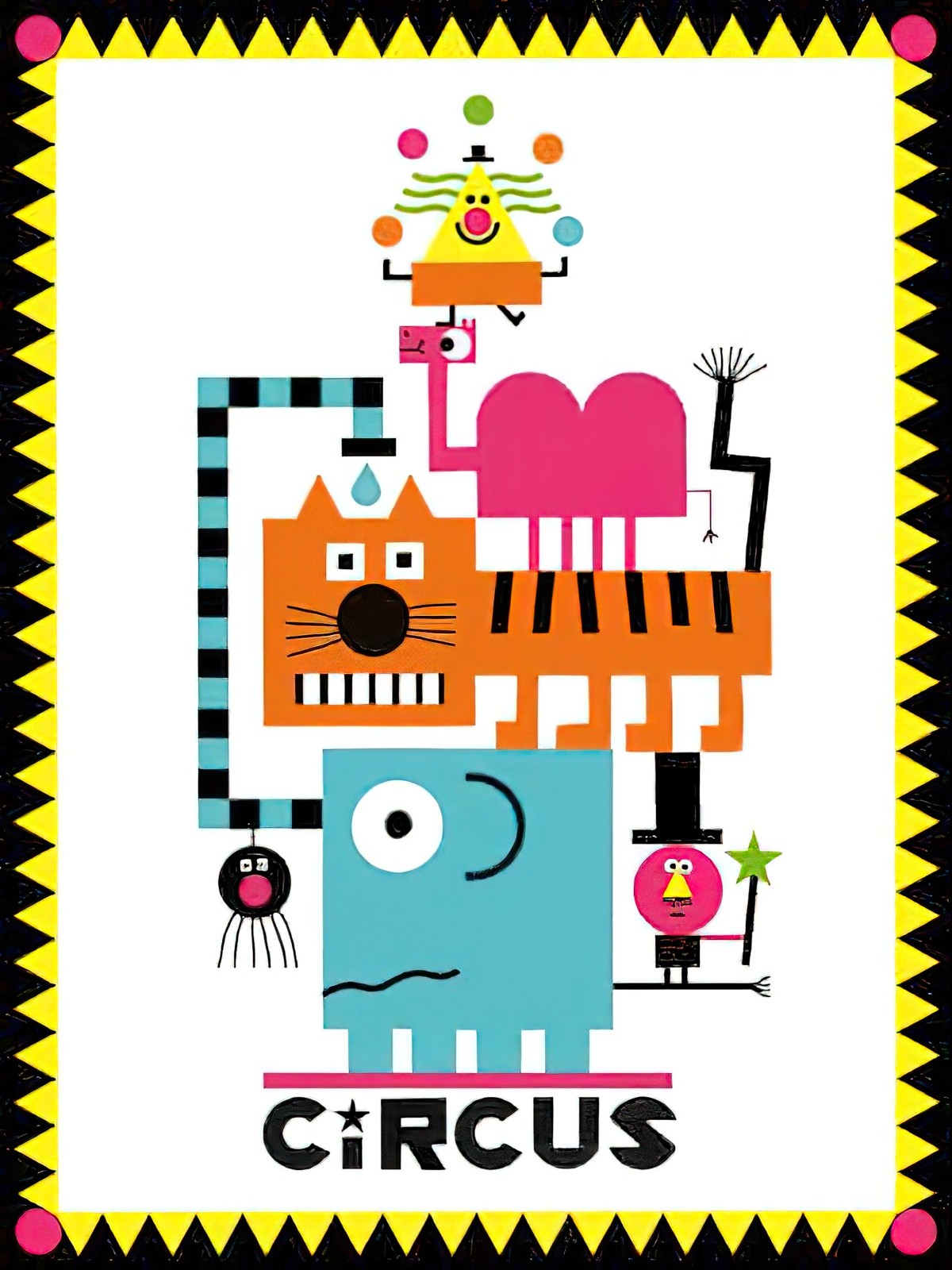
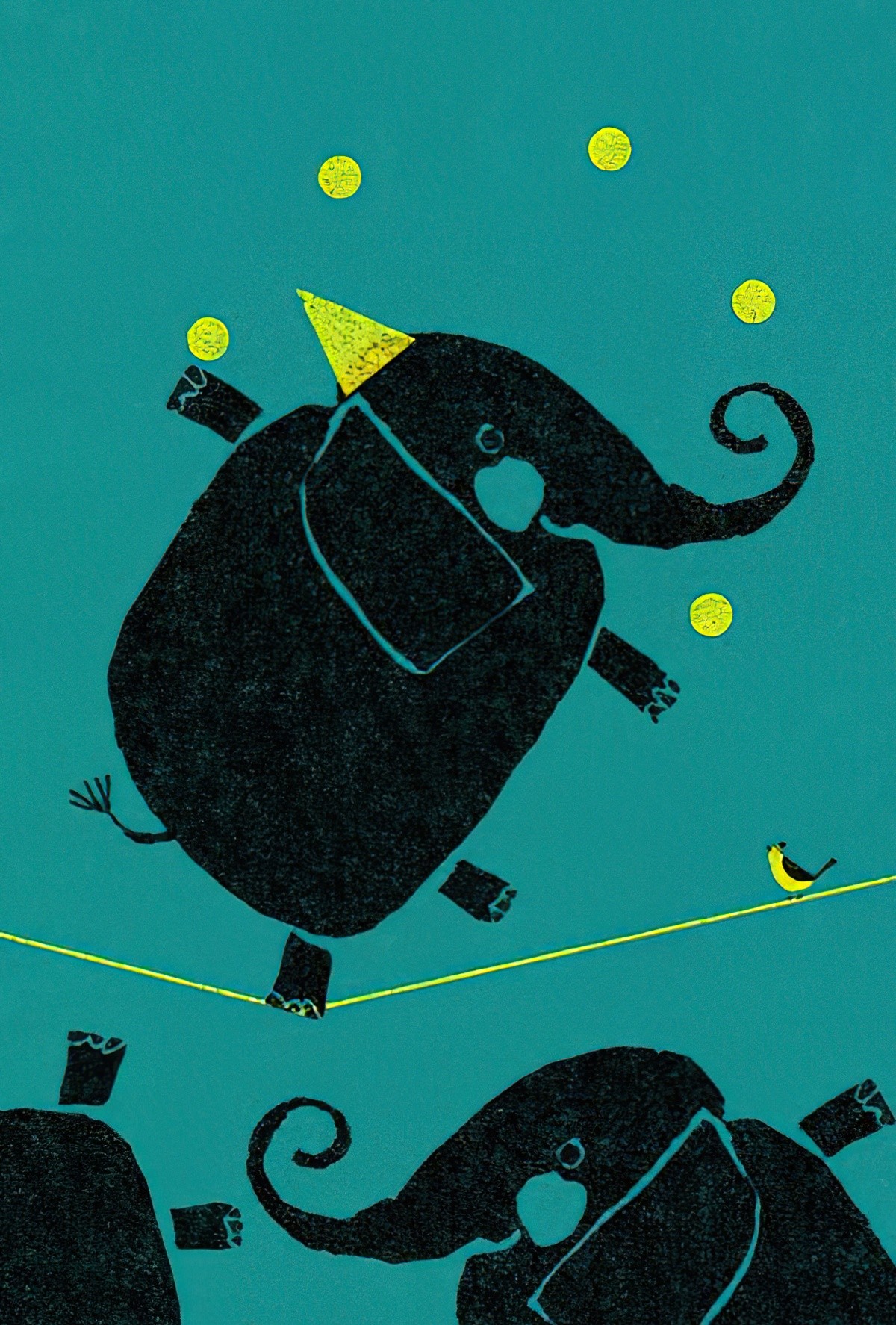
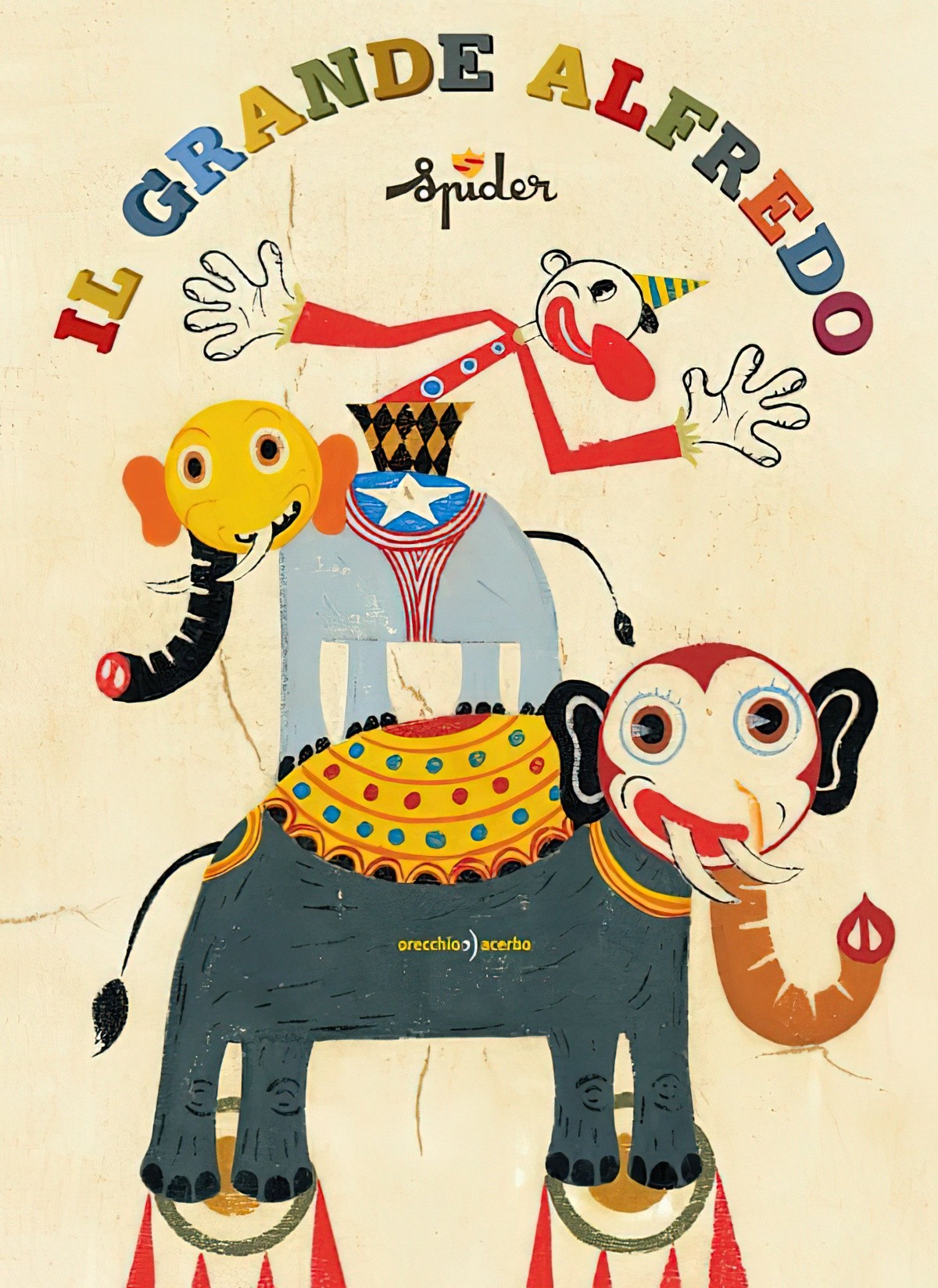
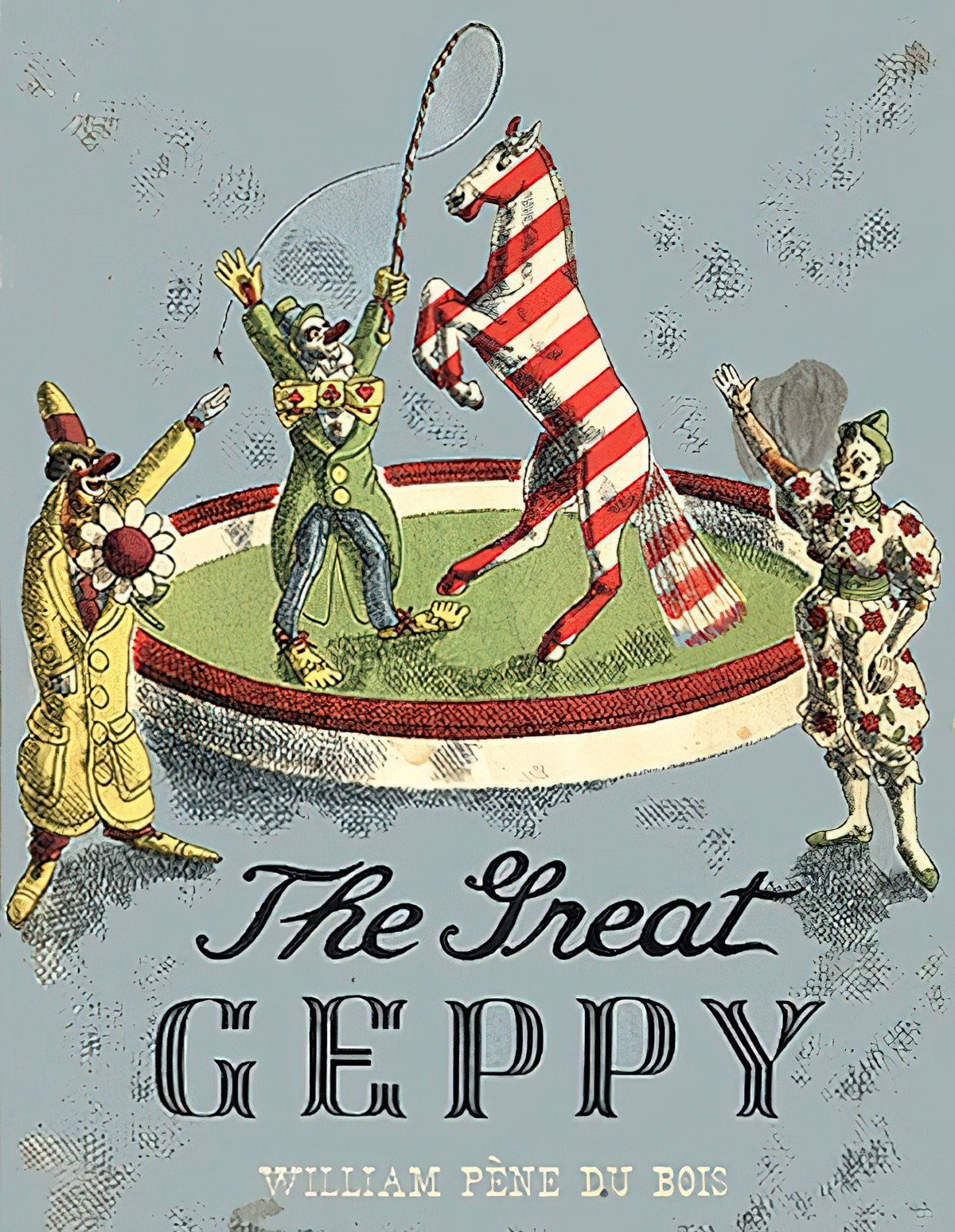
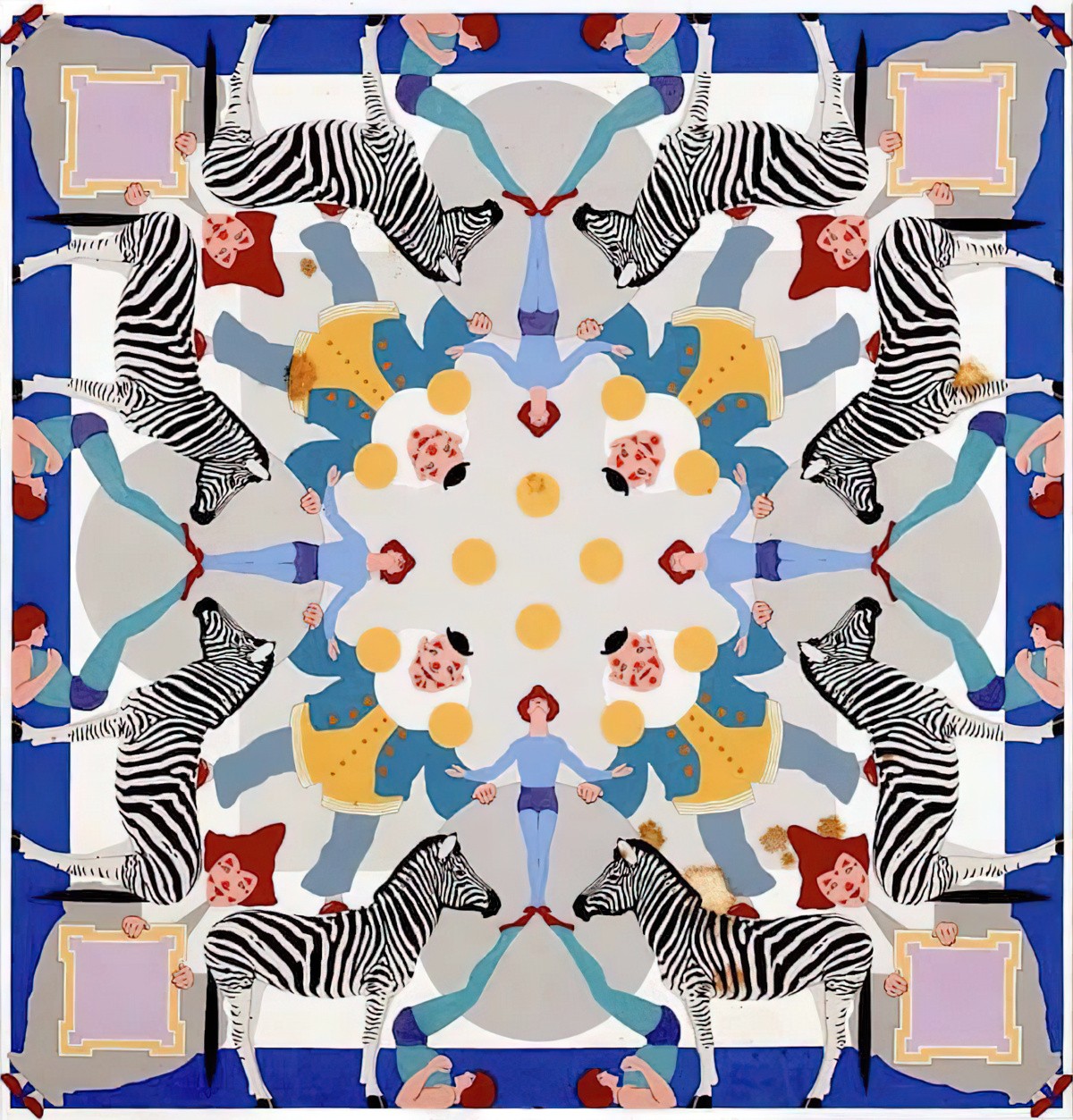
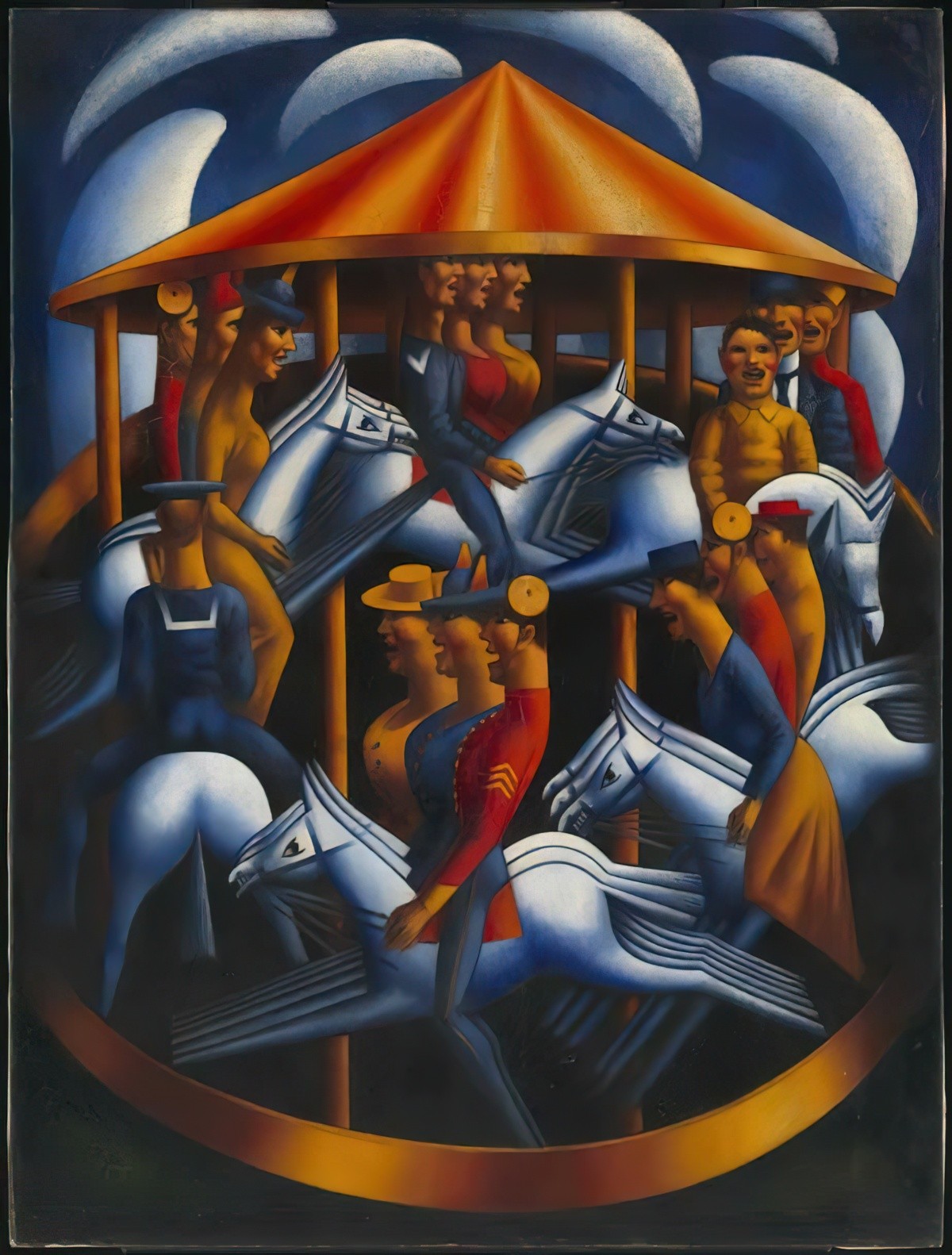
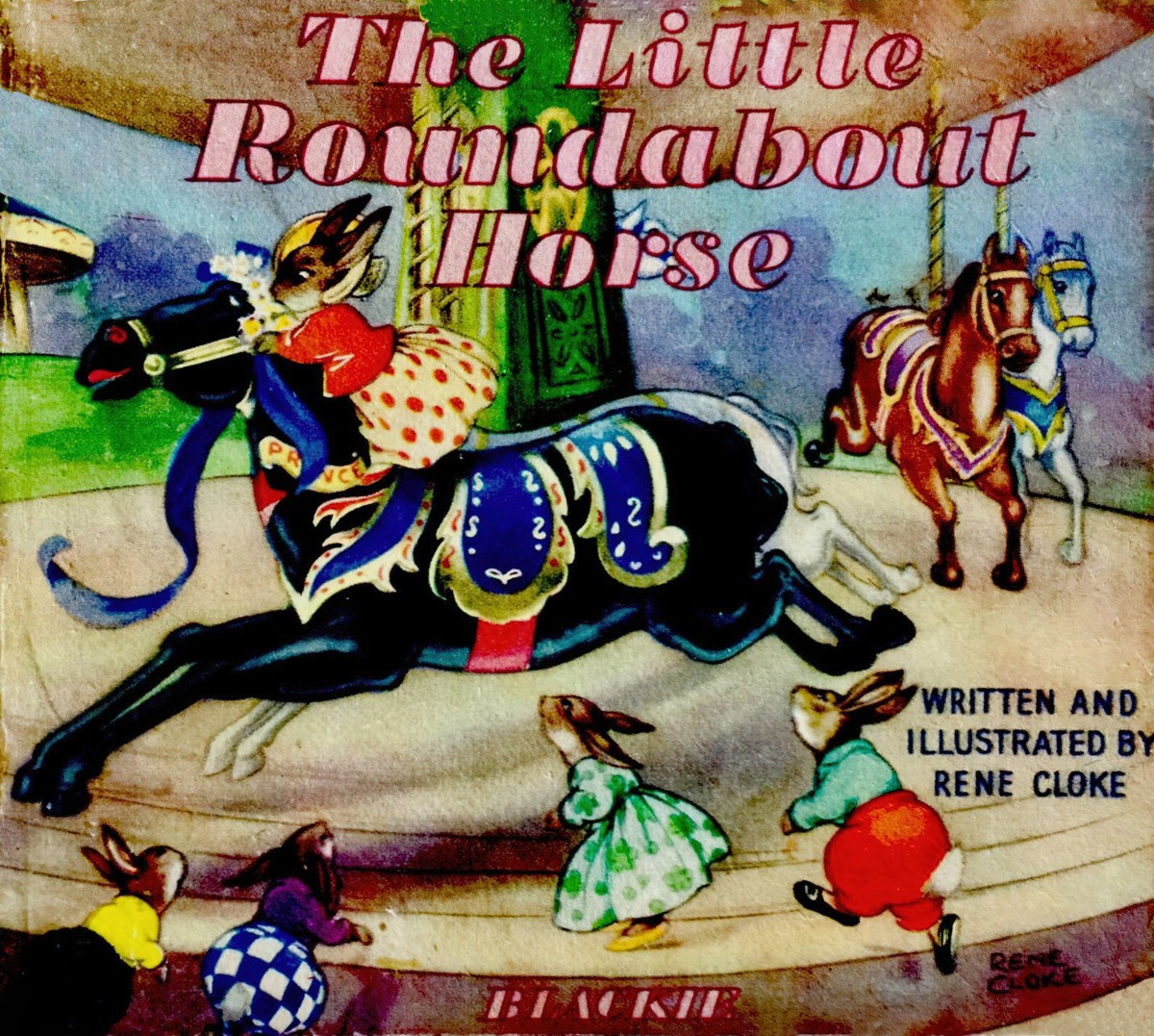
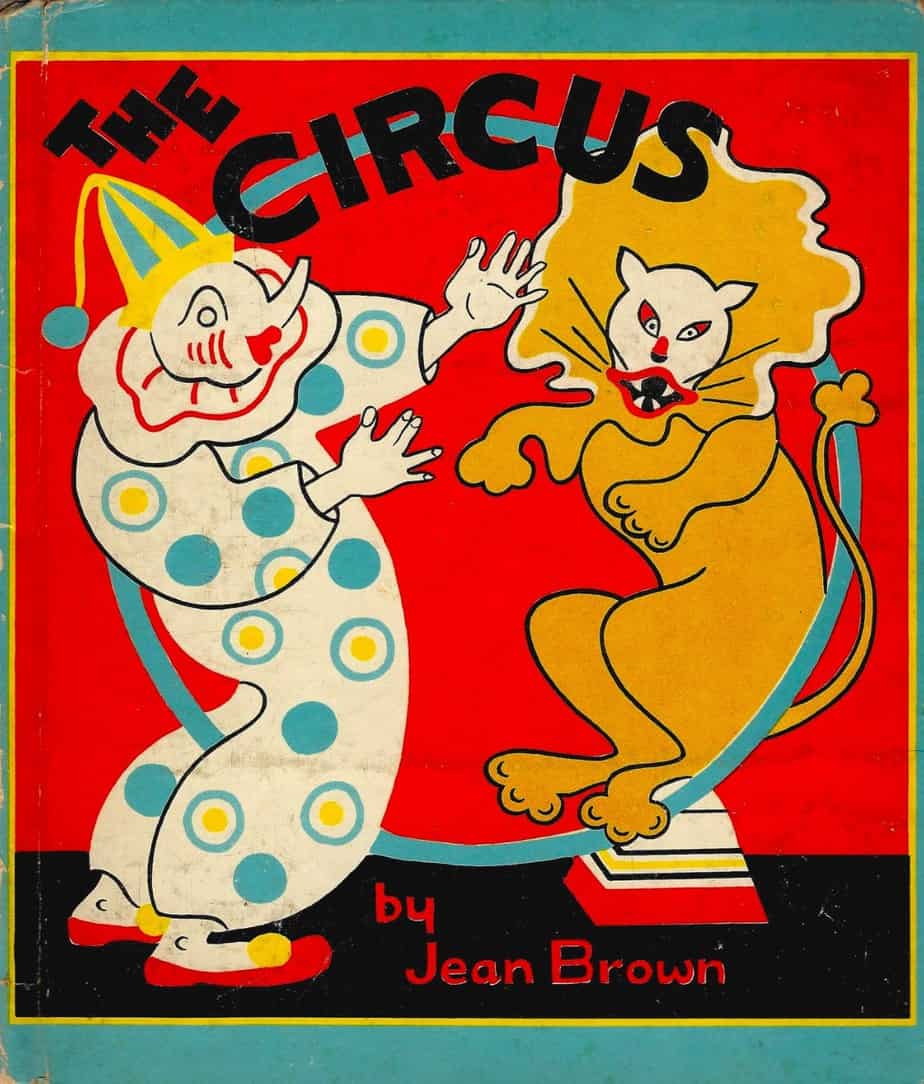
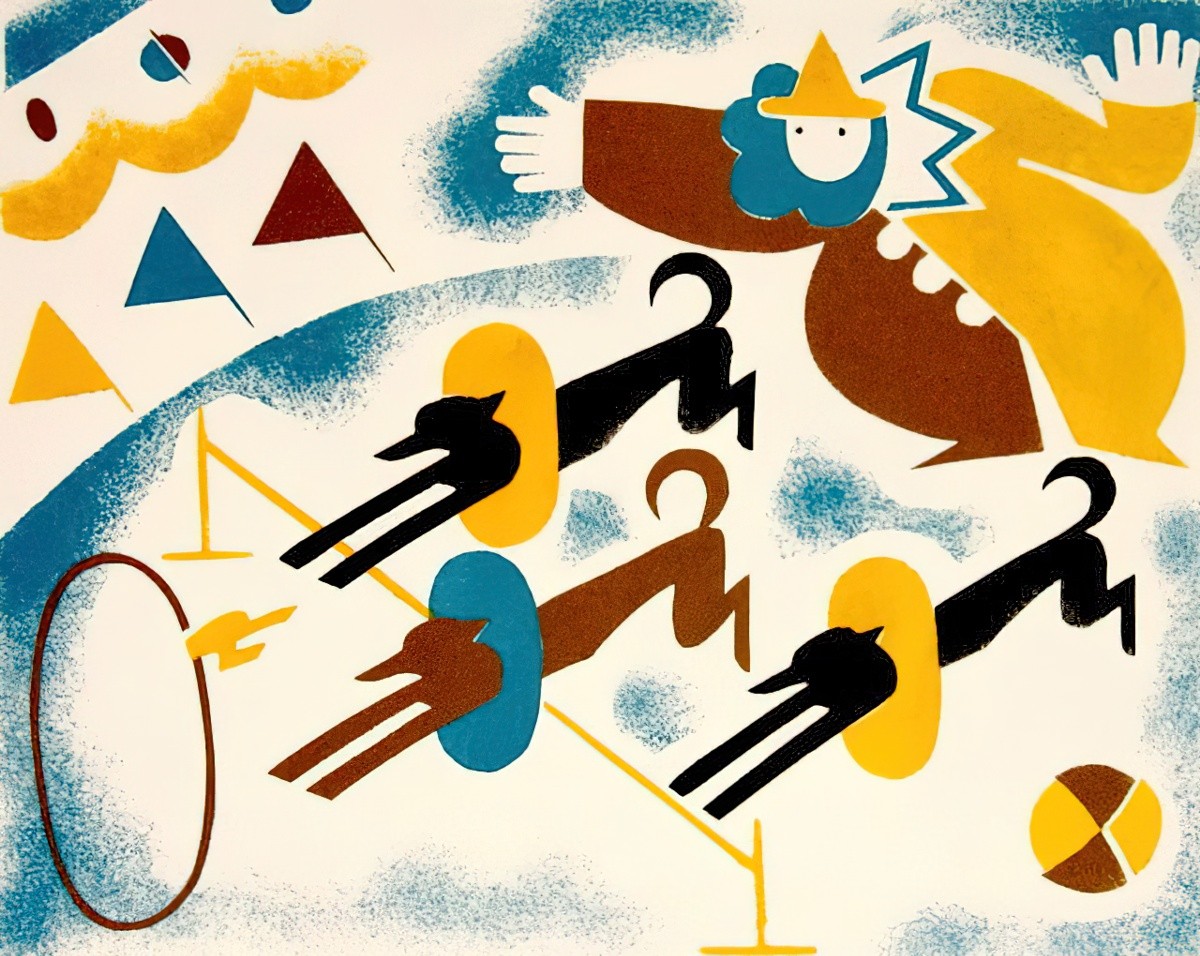
The Carnaval A Book Of Poems by Sef Roman Semenovich 1994
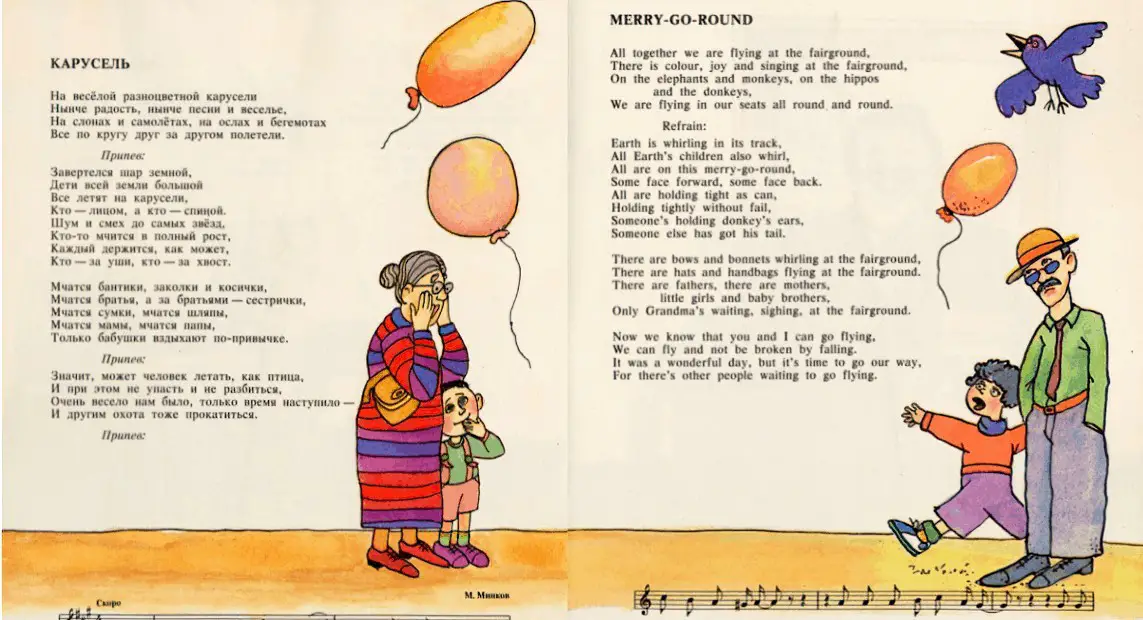
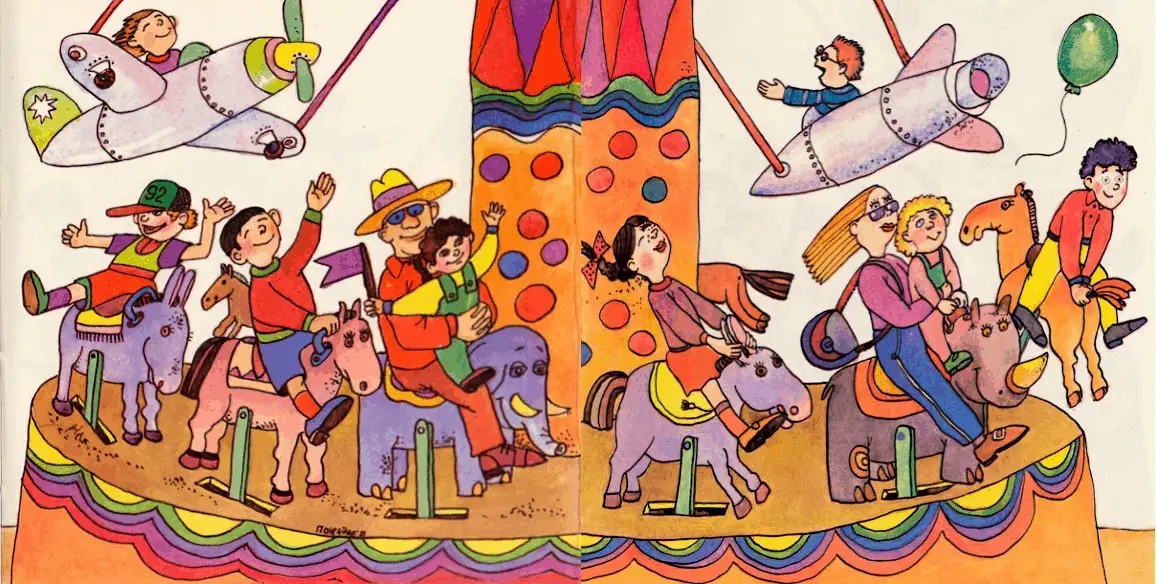
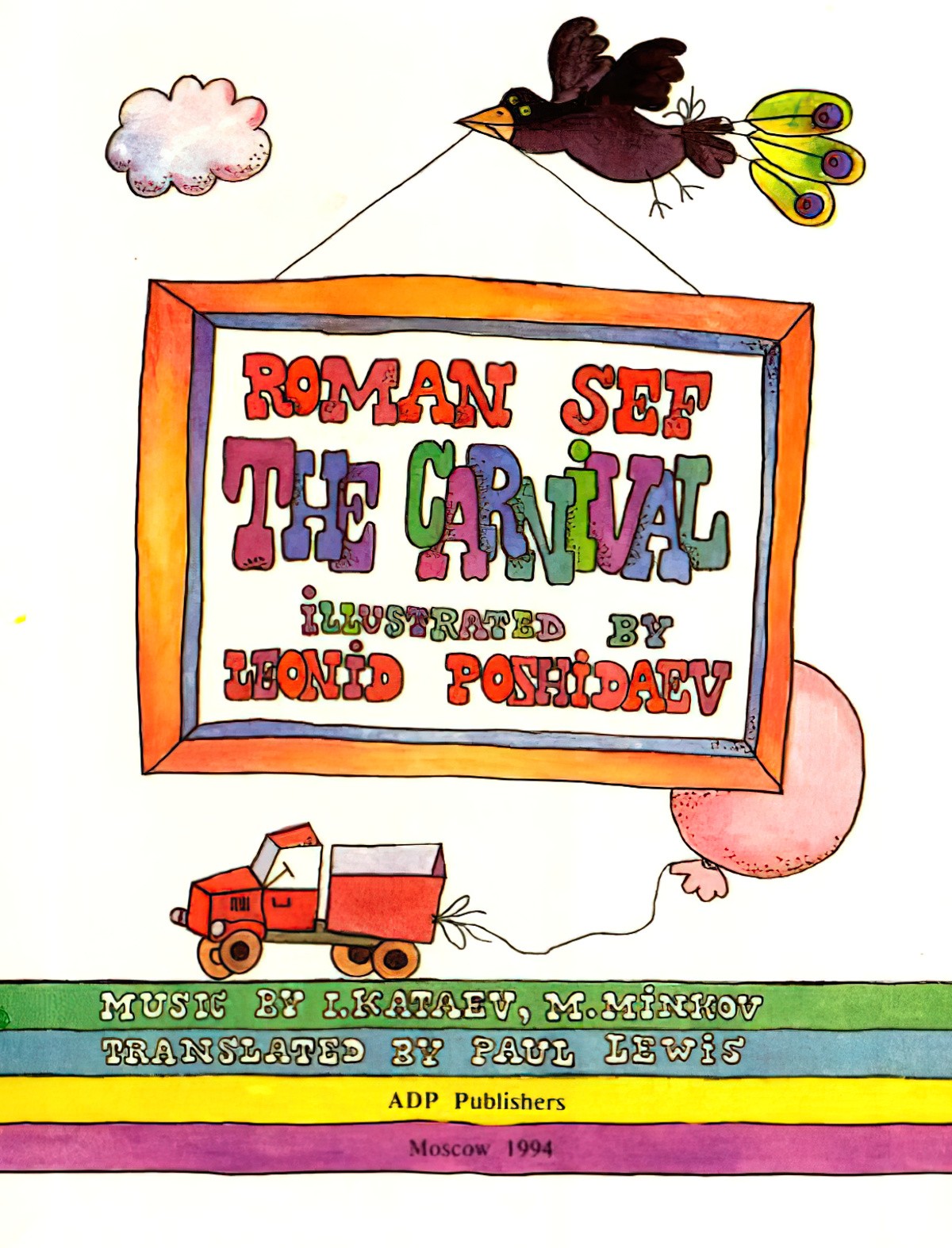
In art, the fairground often gets the noir treatment. (Of course Stephen King ekes plenty out of fairground settings.)
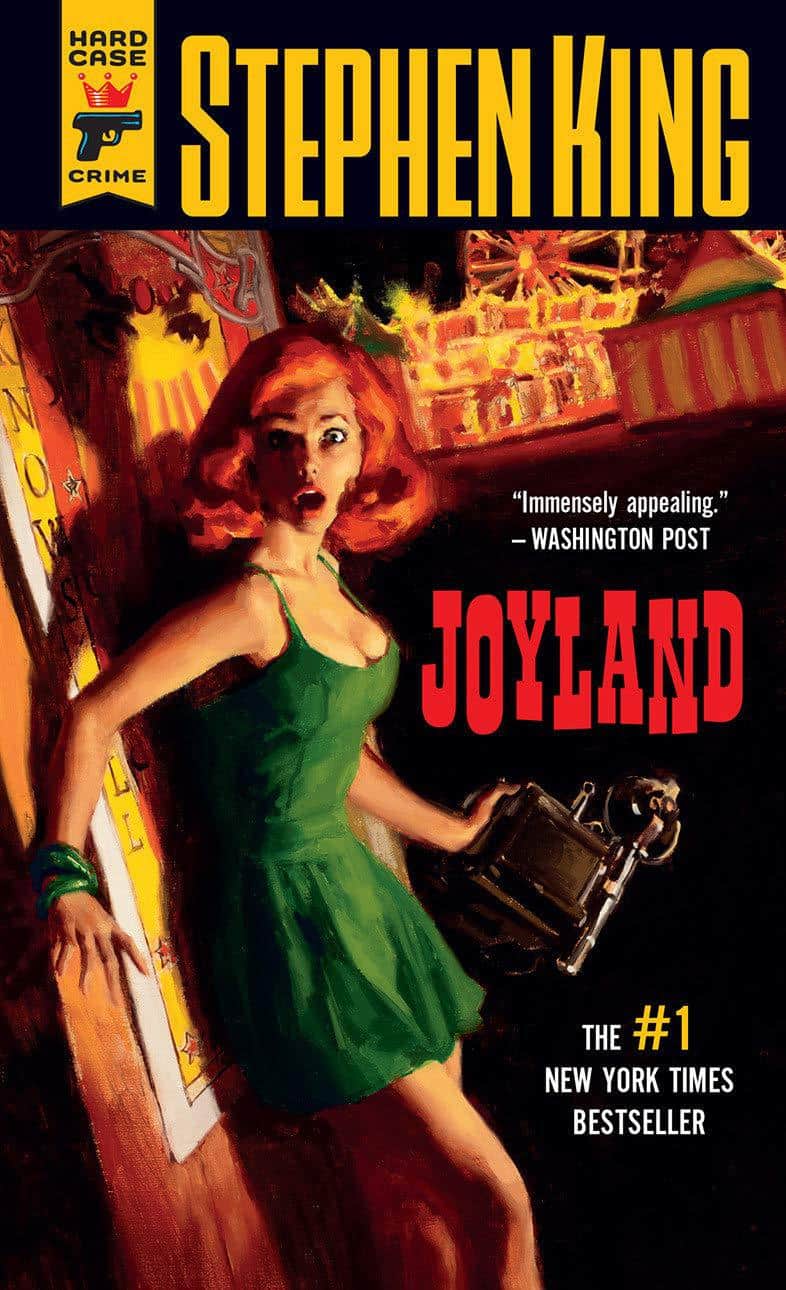
Joyland comes with all the horror trappings for which Stephen King is known: a sinister carnival, a grisly unsolved murder, a haunted ride.
Alison Flood, The Guardian
Netflix series Stranger Things is heavily influenced by Stephen King fiction, and contains various forms of the heterotopia, including a fun fair. So does Ray Bradbury, R.L. Stein and pretty much every horror writer who has produced a wide ranging body of work.
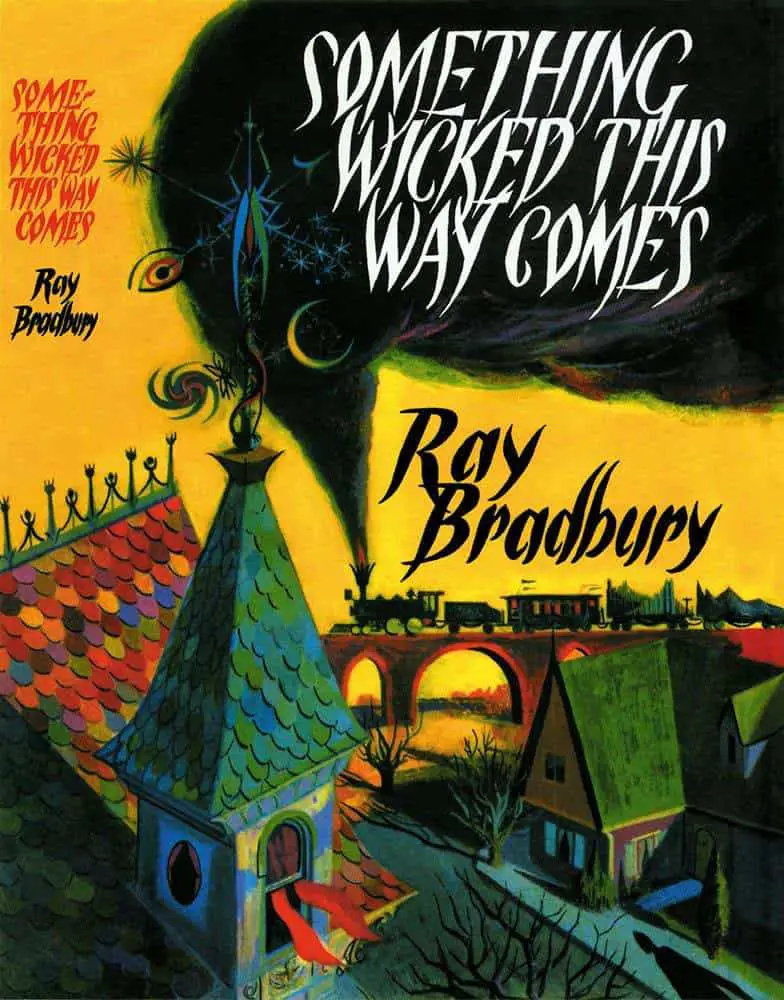
Now I’m noticing palettes, I’m seeing the blood red of horror softened to a variety of pinks, purples and pinky-reds for children’s horror.
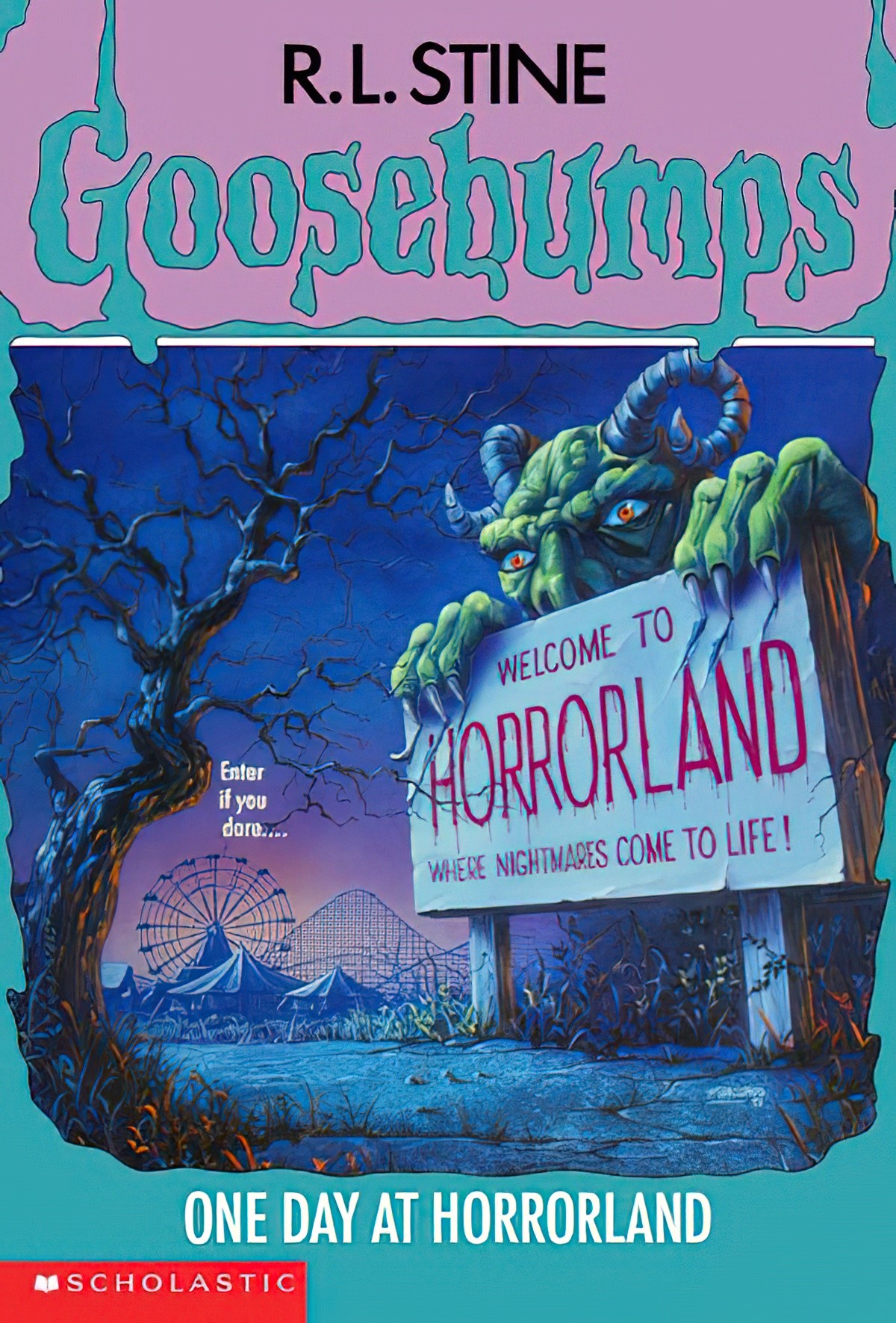
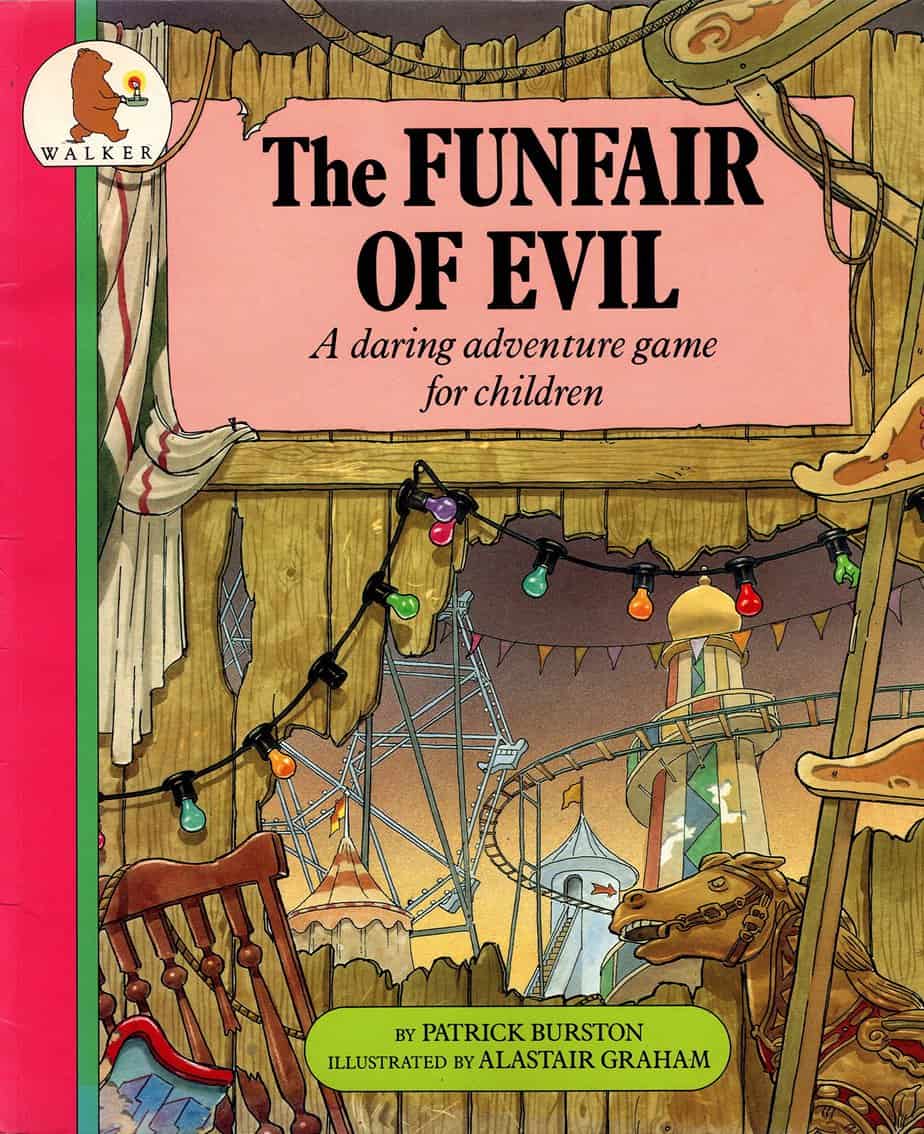
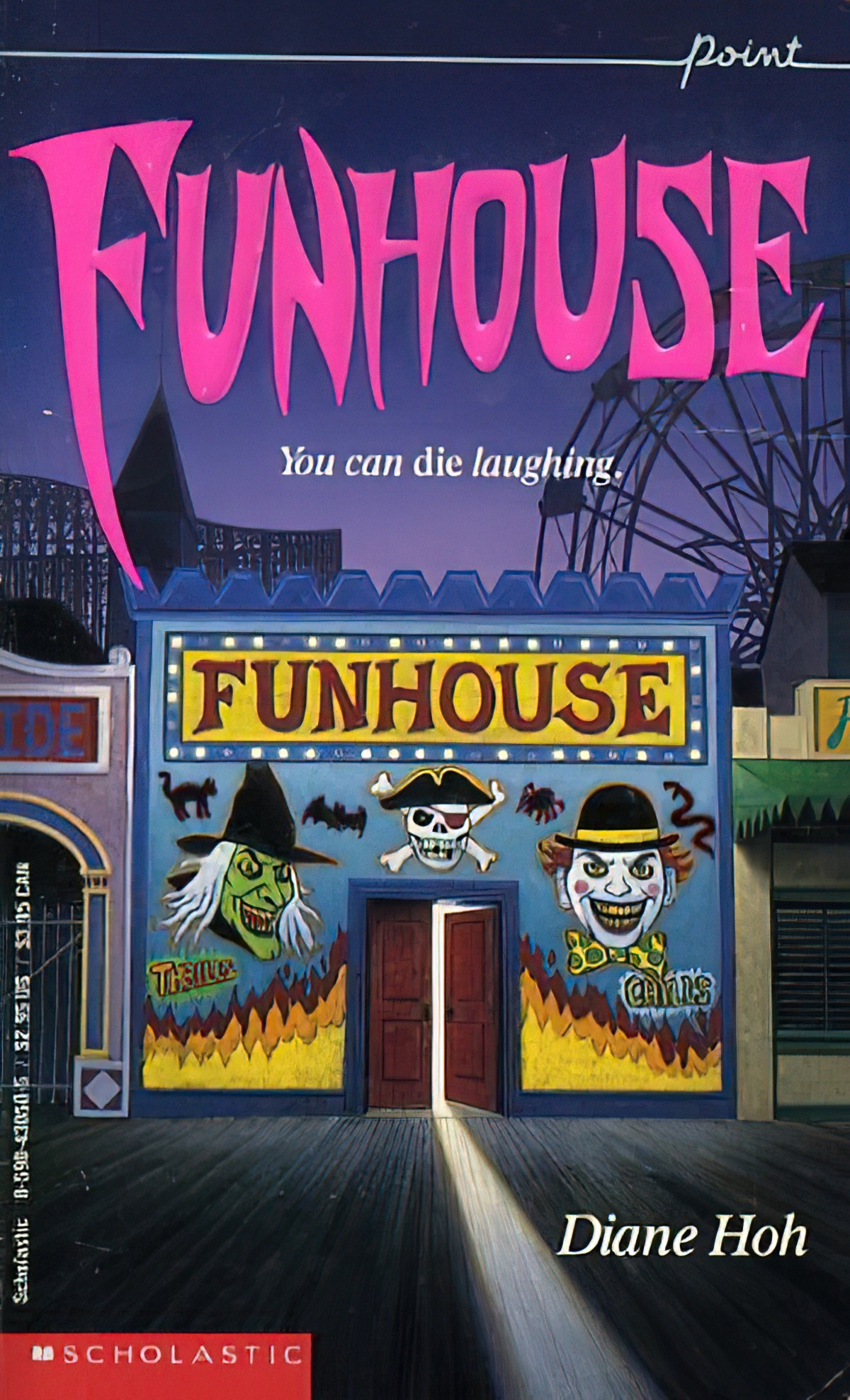
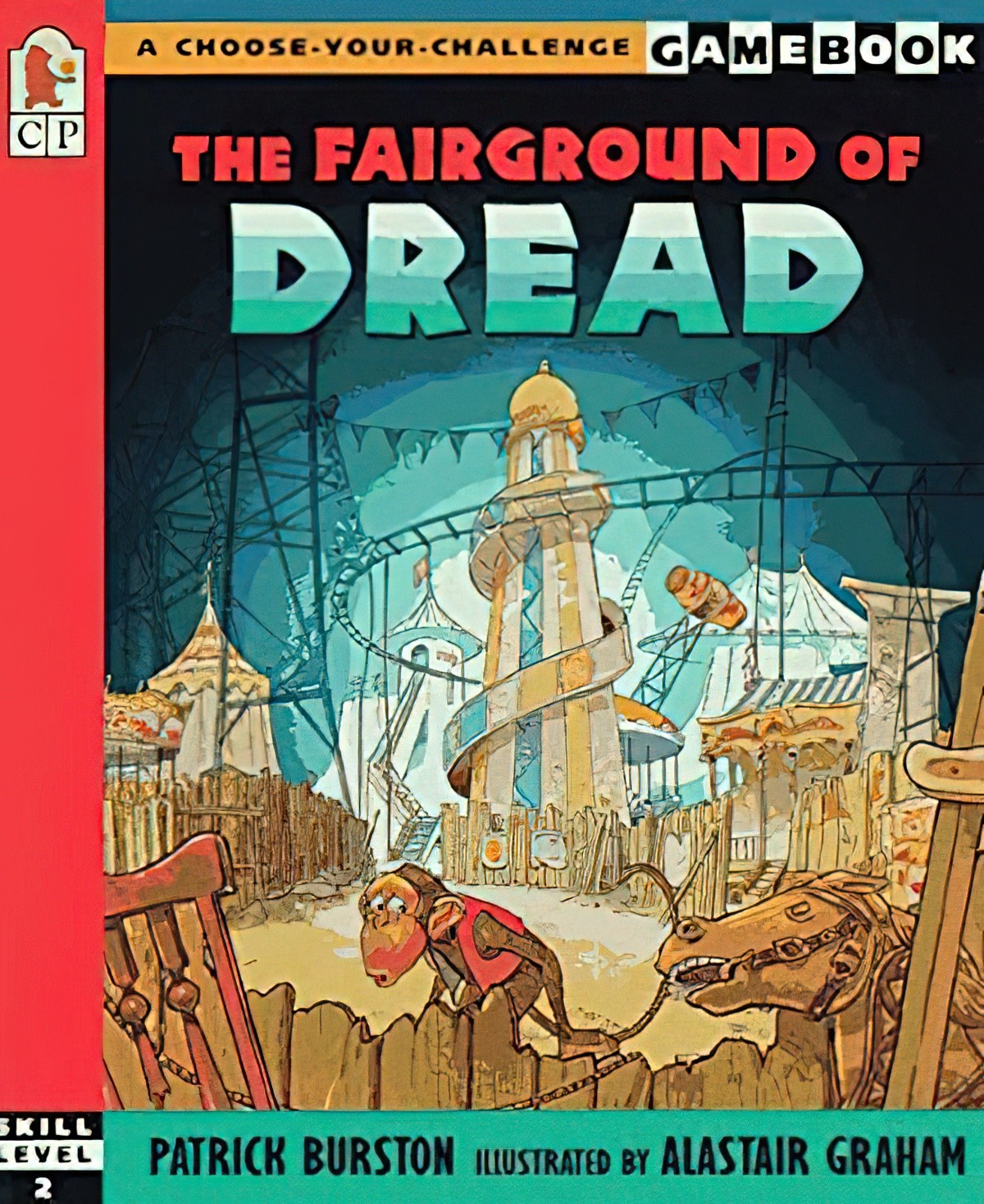
For adults, the narrative fairground is inherently sexual. In the 1990s song Fairground, Mick Hucknall uses the fairground as an interesting backdrop to a song which is, at its heart, a love letter to a lover.
See also the coming-of-age film Adventureland. The horror potential of the fairground isn’t fully explored in this film, but reminds me that settings wear narrative masks as much as characters do; the fairground is the ultimate masked character. Behind the glossy surface the fairground is always a very different beast, even if all that is is ‘not all that fun’ (in this case because you’re doing a low-paid summer job before heading off to experience adult life).
CLOWNS
Clowns are a category of stock character including jesters, fairytale fools, the Harlequin and so on. These characters are not identical, not in looks and not even in function. For instance, the Harlequin plays the straight guy in a clown sequence (harlequinade). The Harlequin also became conflated with Mestopheles, the fallen angel who carried out the unfortunate transation with Faust. Clowns have never been pure monovalent fun.
GAMES
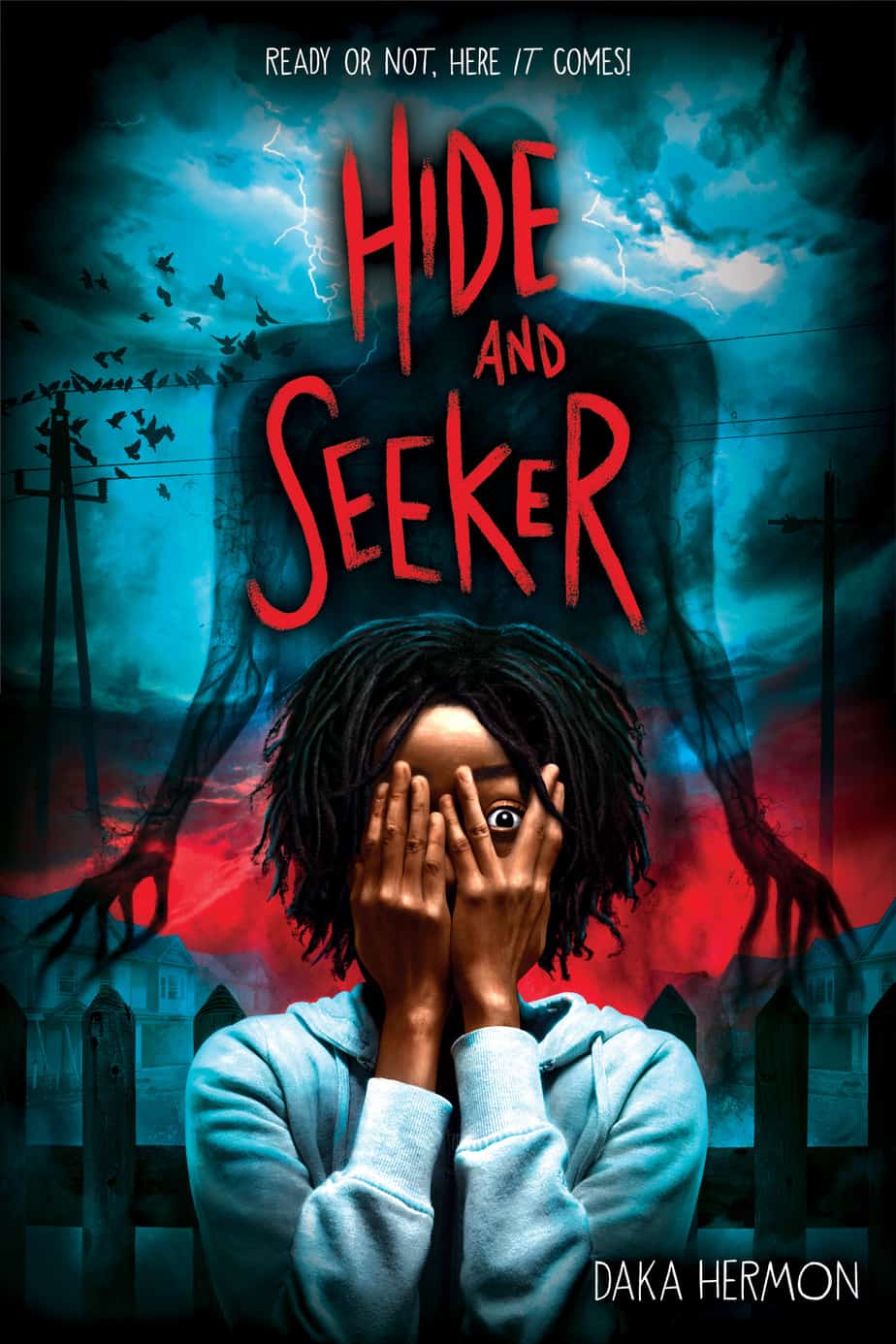
One of our most iconic childhood games receives a creepy twist as it becomes the gateway to a nightmare world.
I went up the hill, the hill was muddy, stomped my toe and made it bloody, should I wash it?
Justin knows that something is wrong with his best friend.Zee went missing for a year. And when he came back, he was . . . different. Nobody knows what happened to him. At Zee’s welcome home party, Justin and the neighborhood crew play Hide and Seek. But it goes wrong. Very wrong.
One by one, everyone who plays the game disappears, pulled into a world of nightmares come to life. Justin and his friends realize this horrible place is where Zee had been trapped. All they can do now is hide from the Seeker.
Header image is the cover of Mother Goose’s Chimes Rhymes and Melodies, Henry B. Ashmead, Philadelphia.
